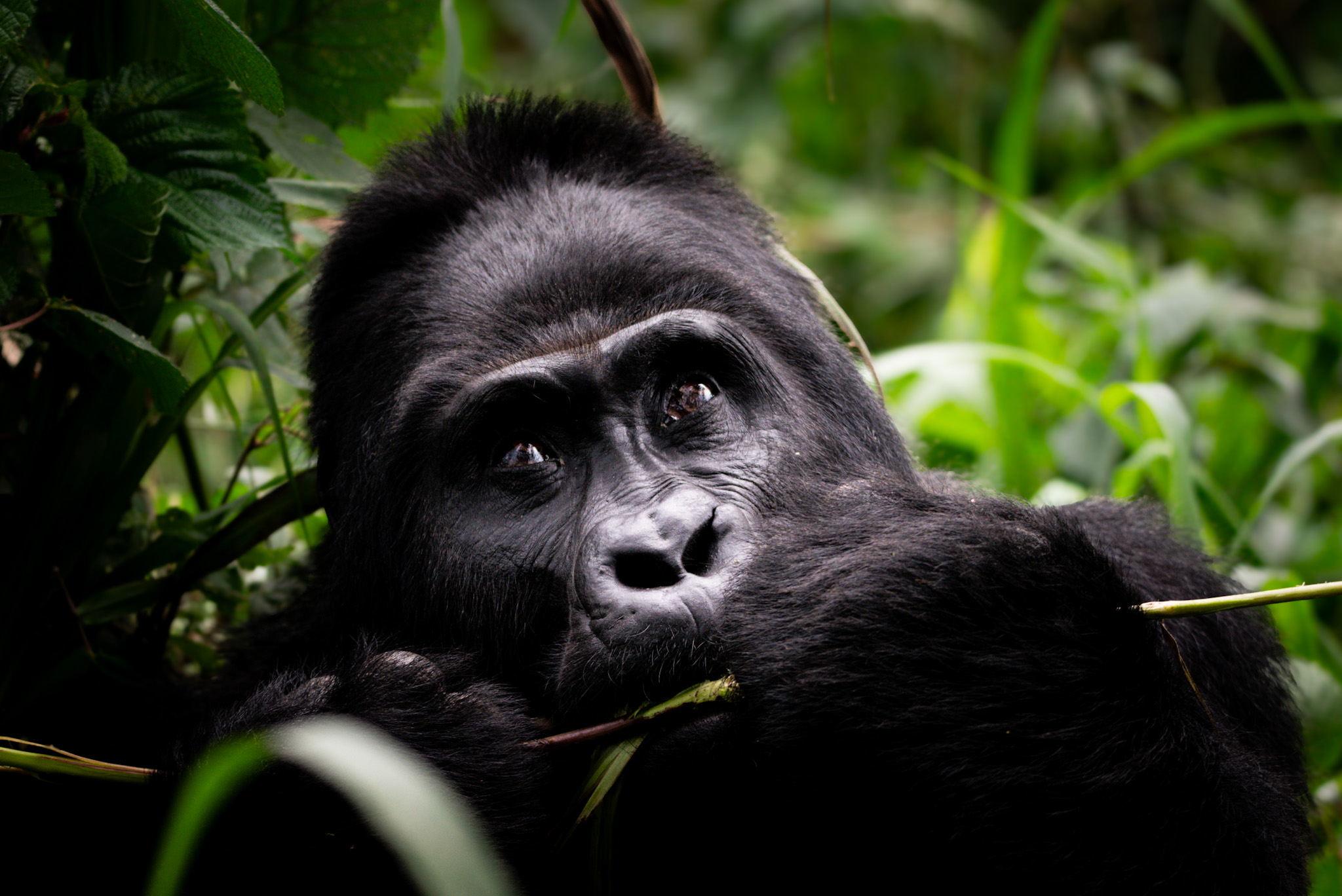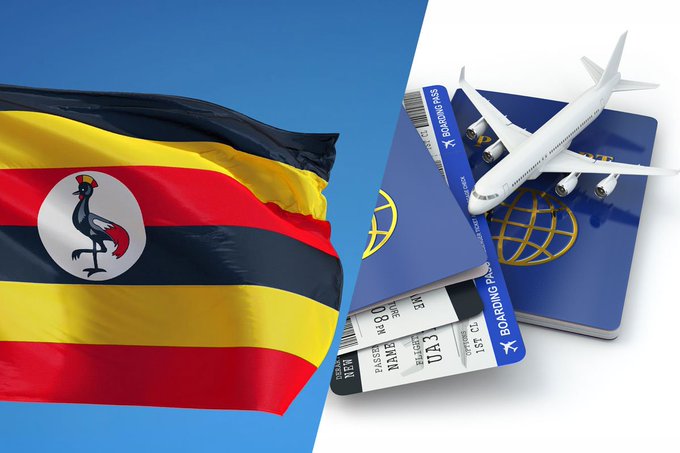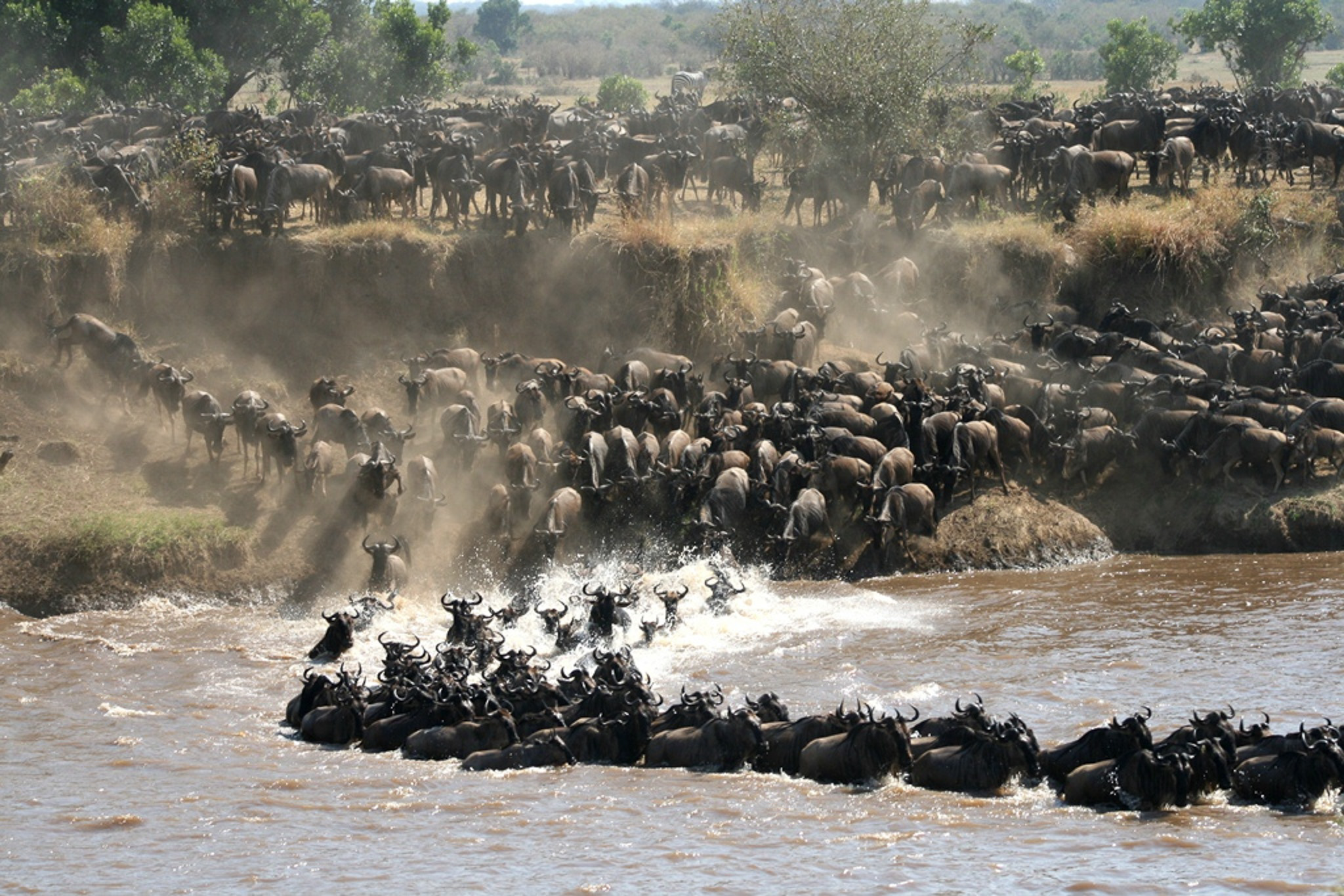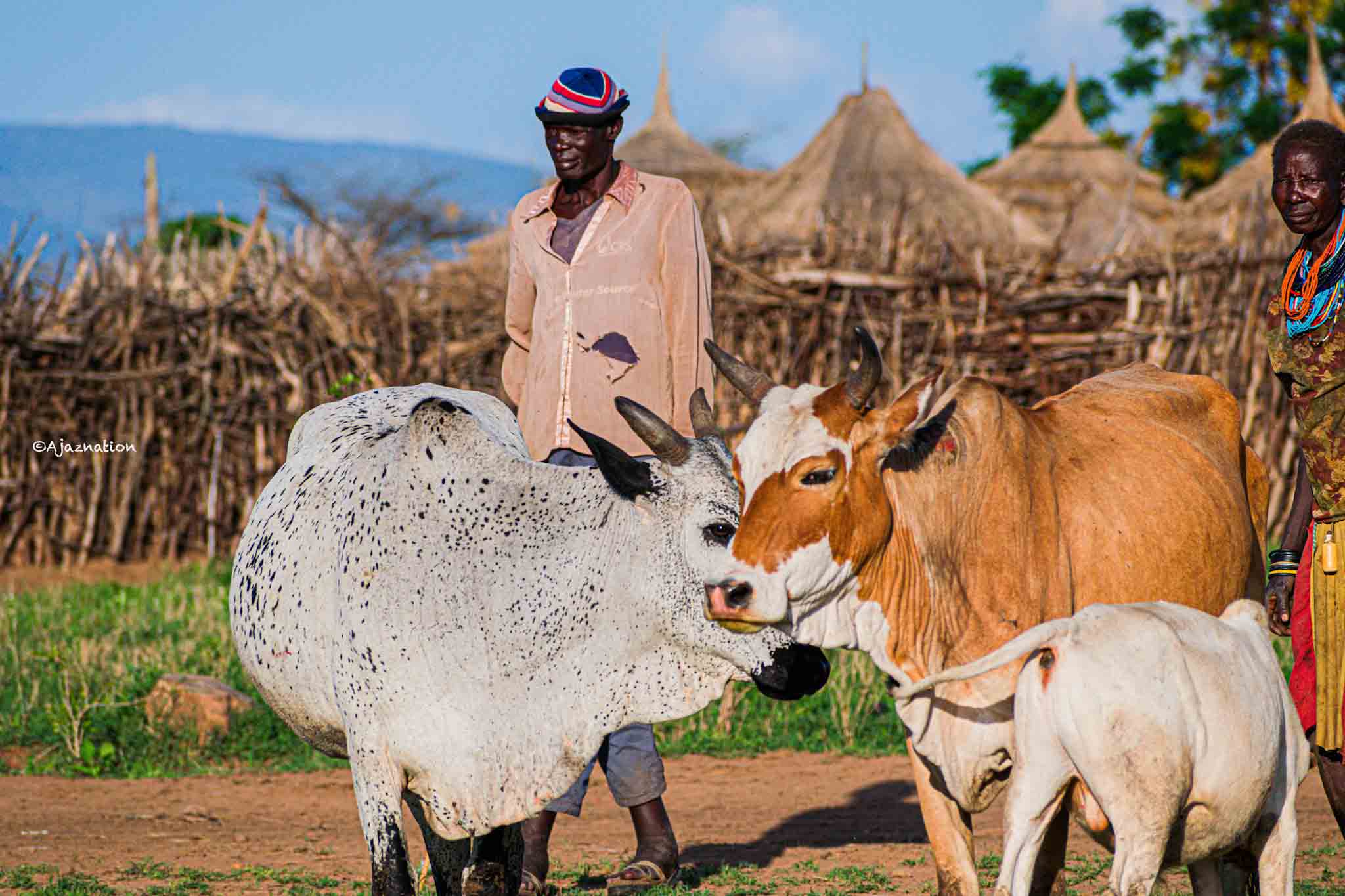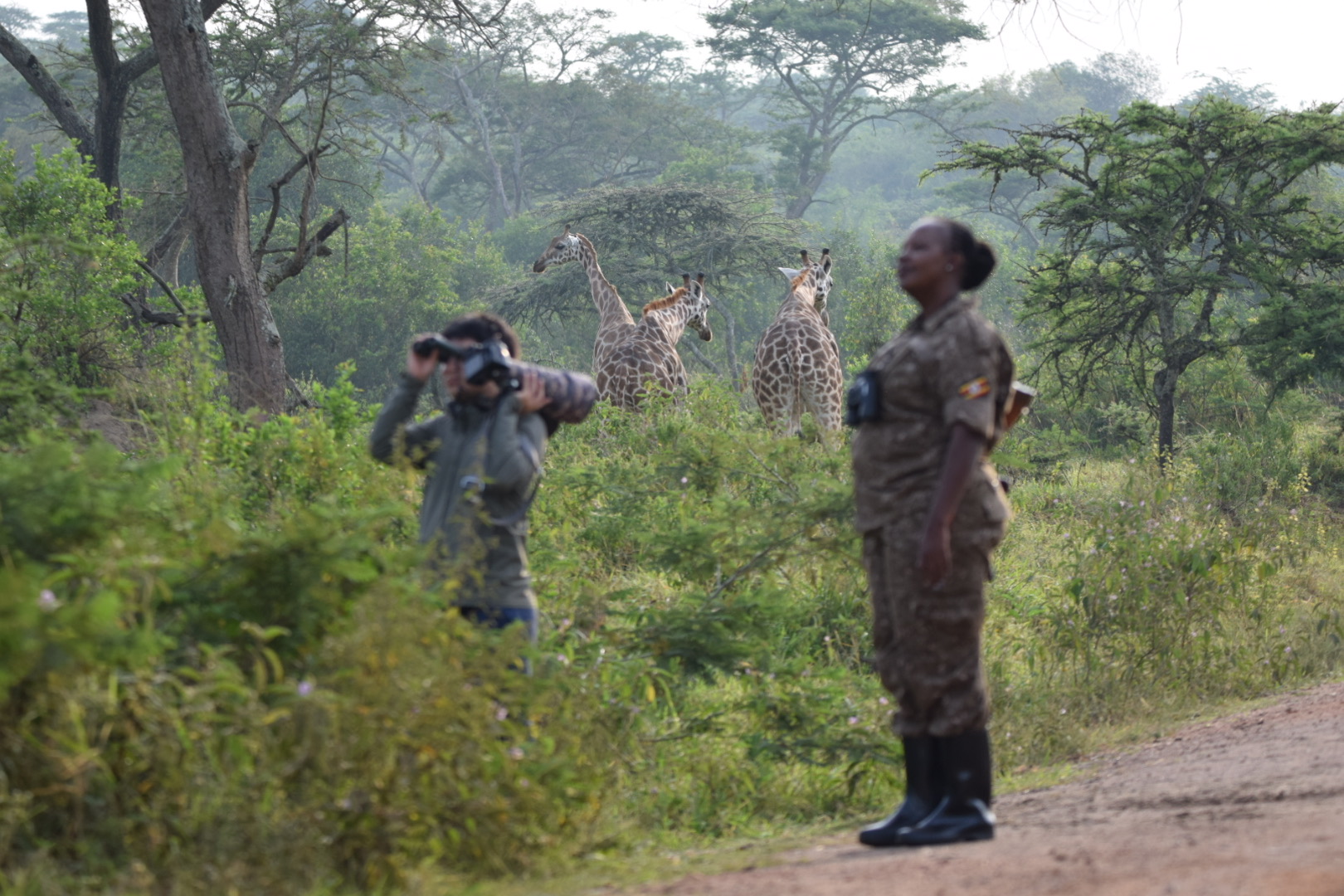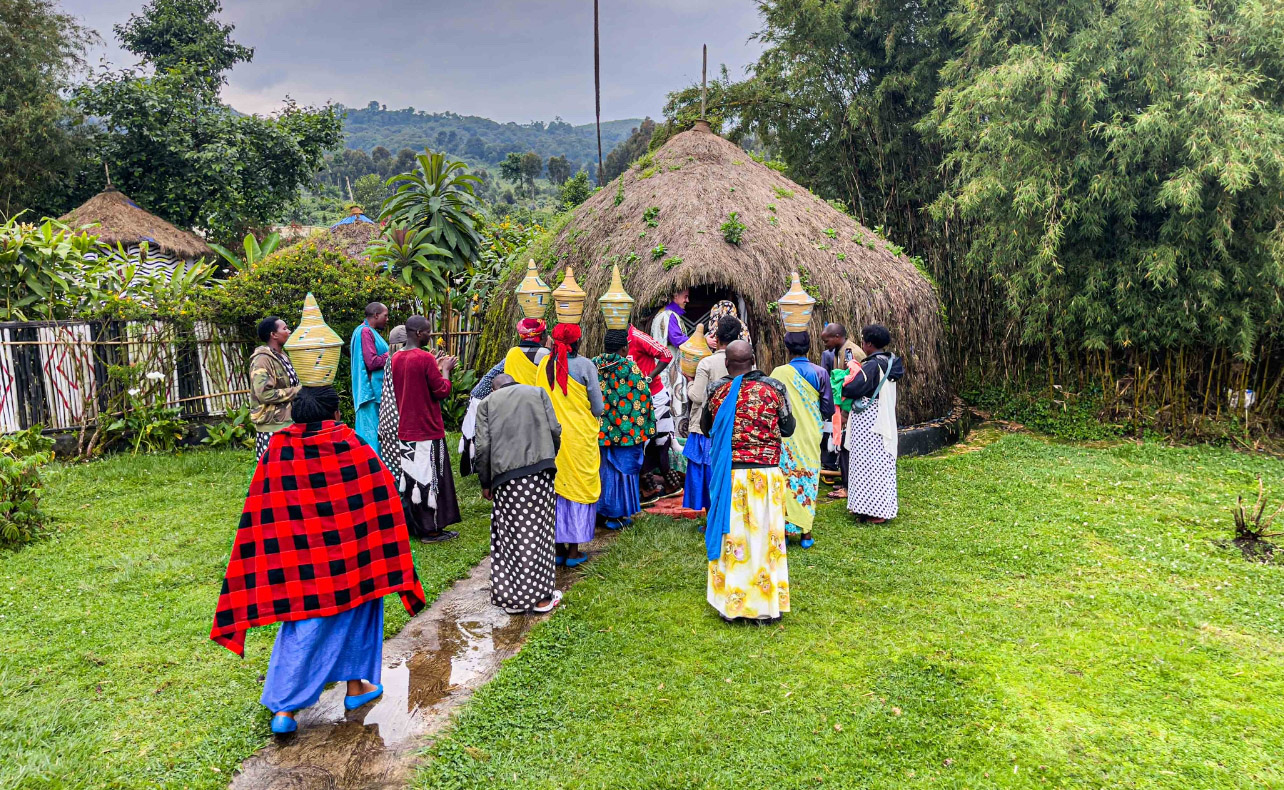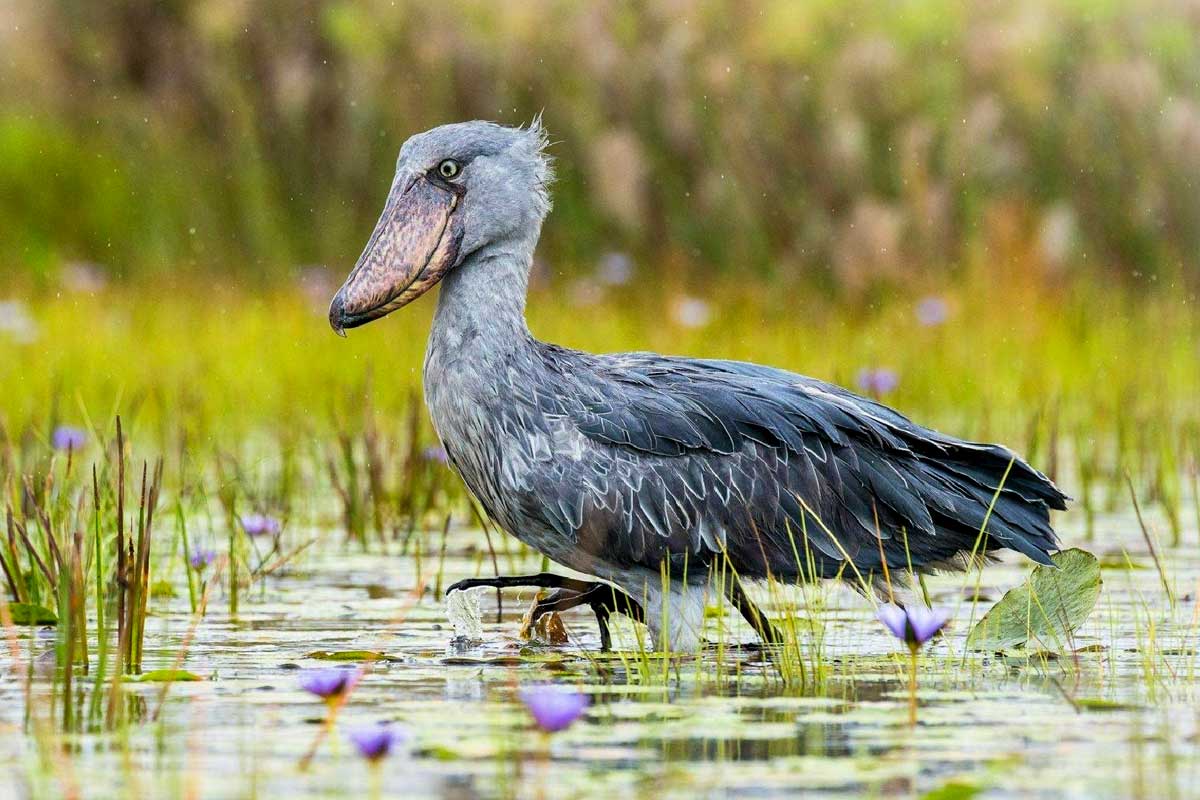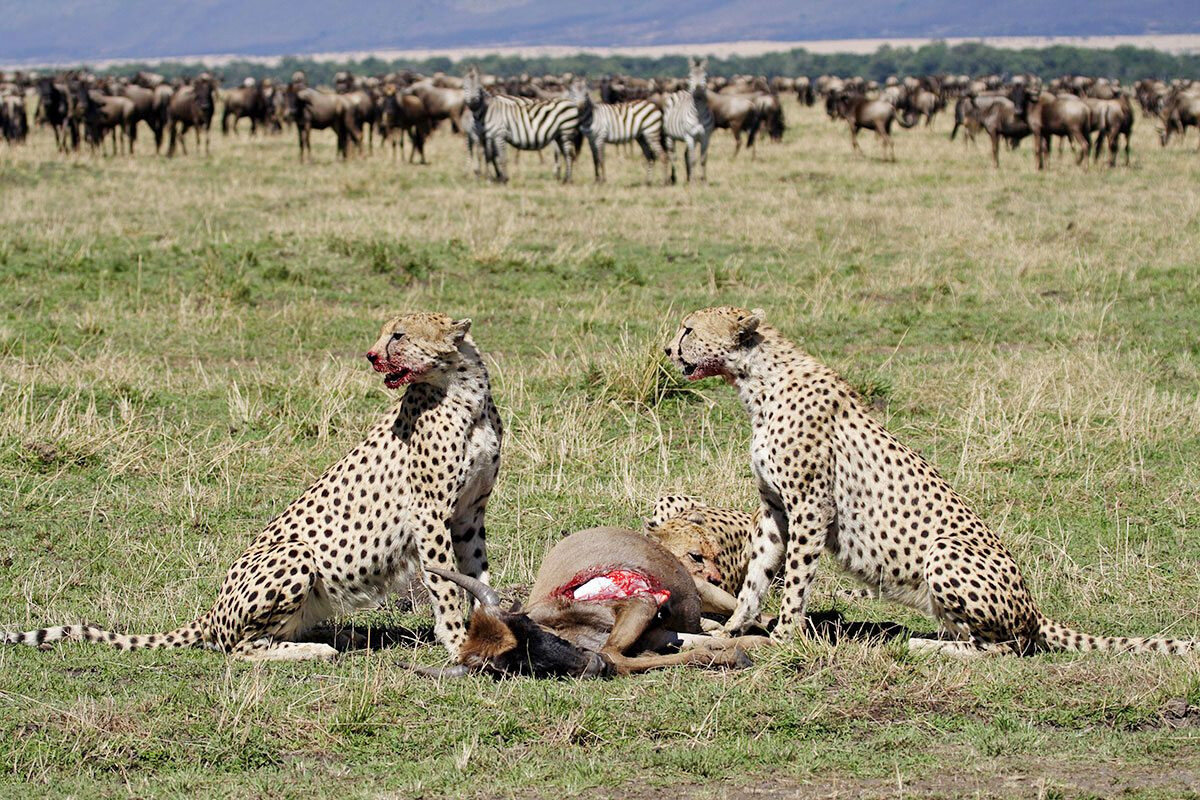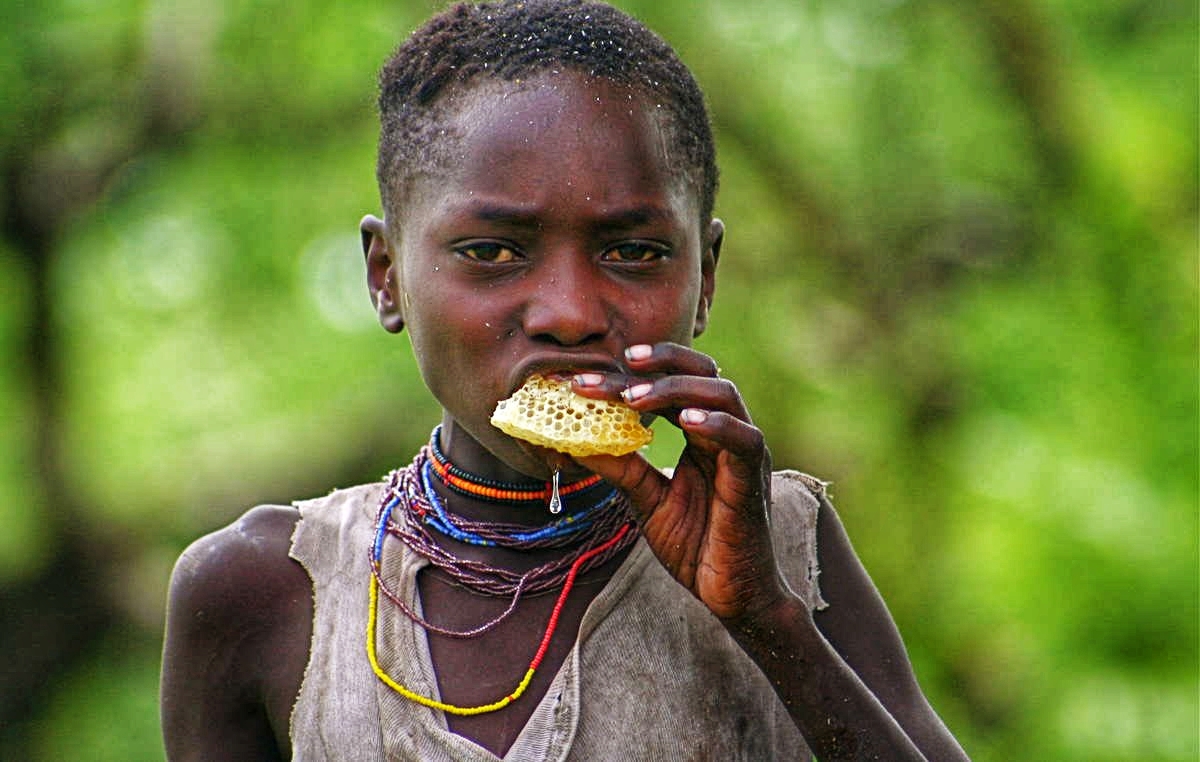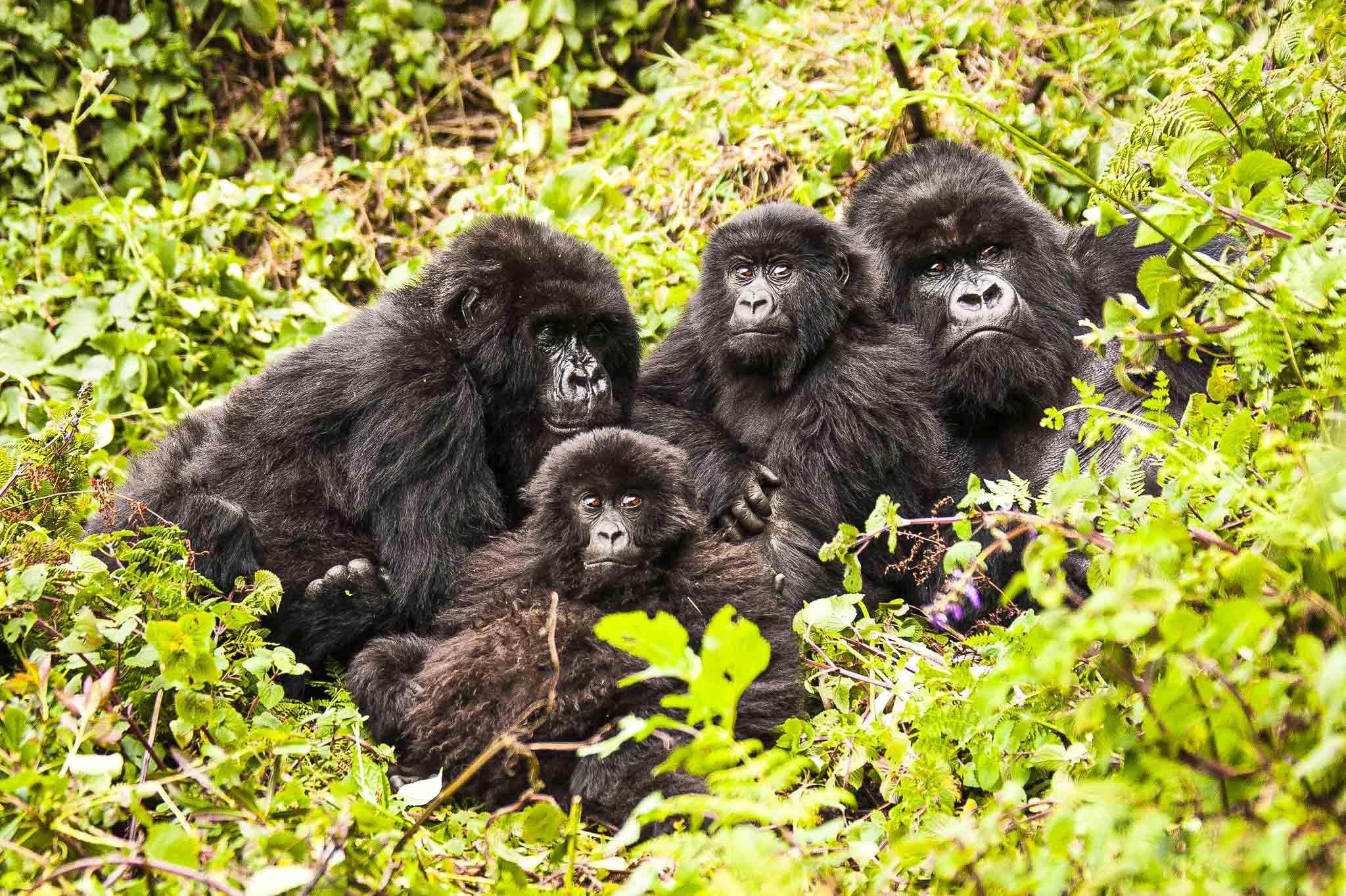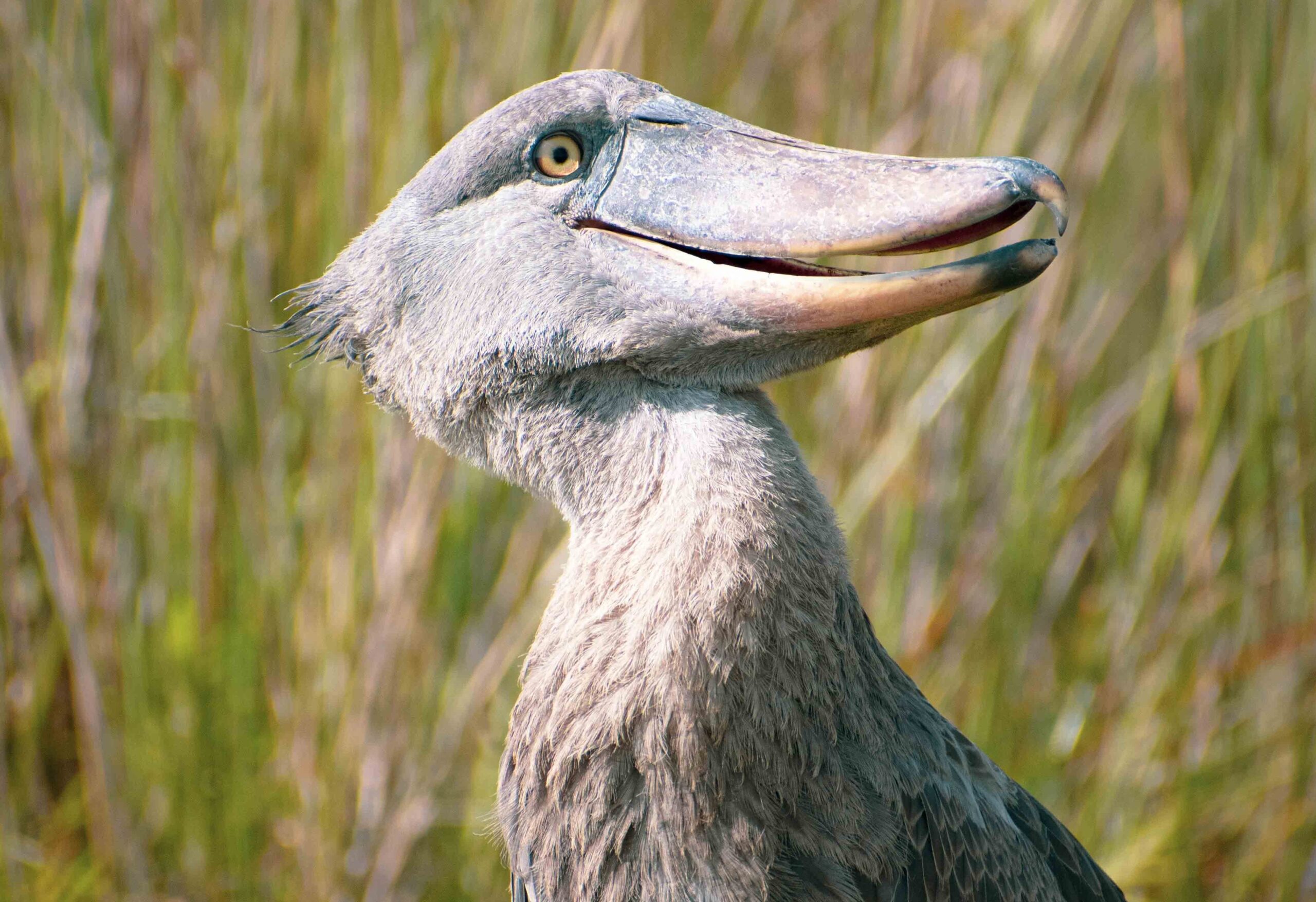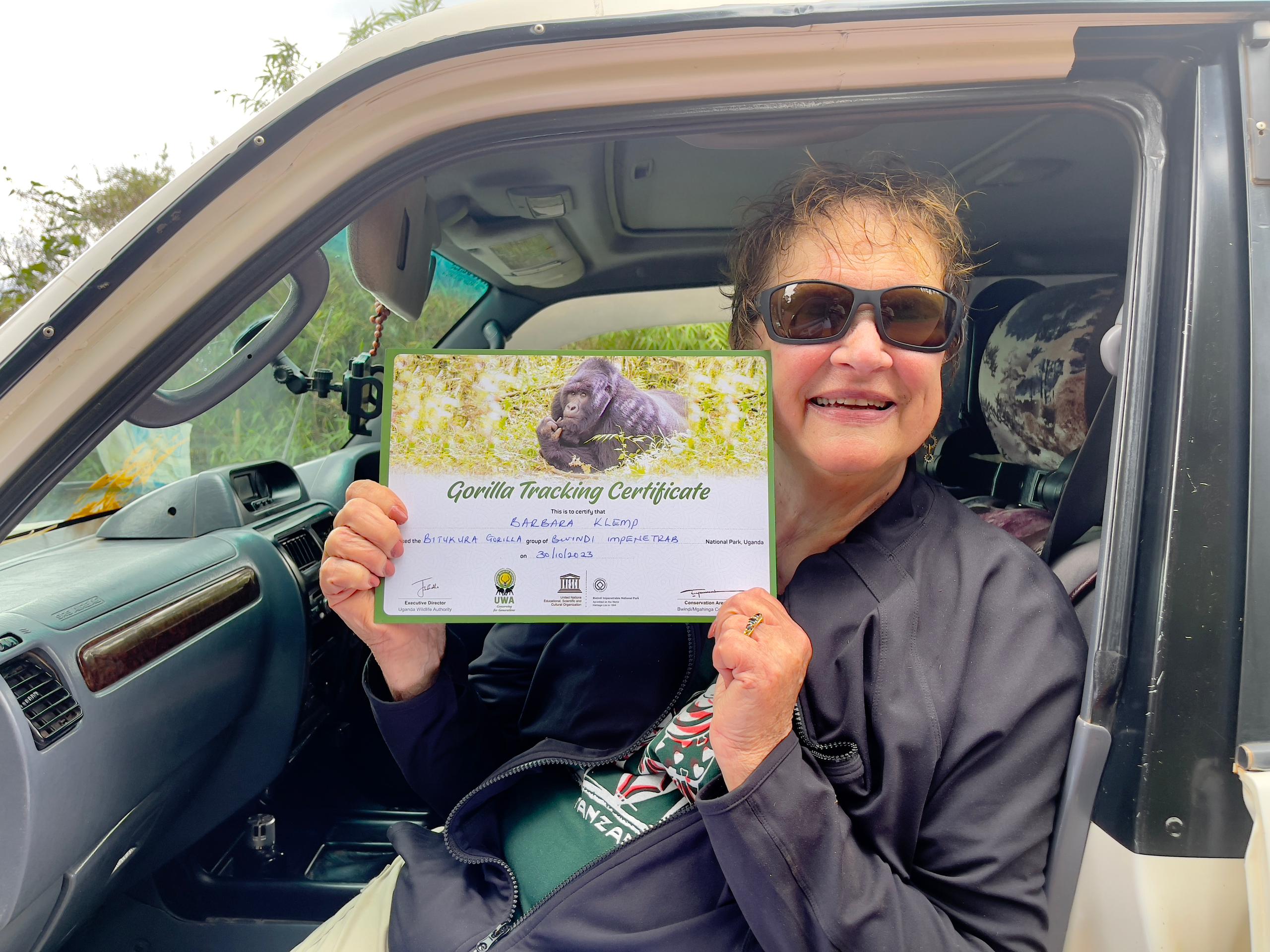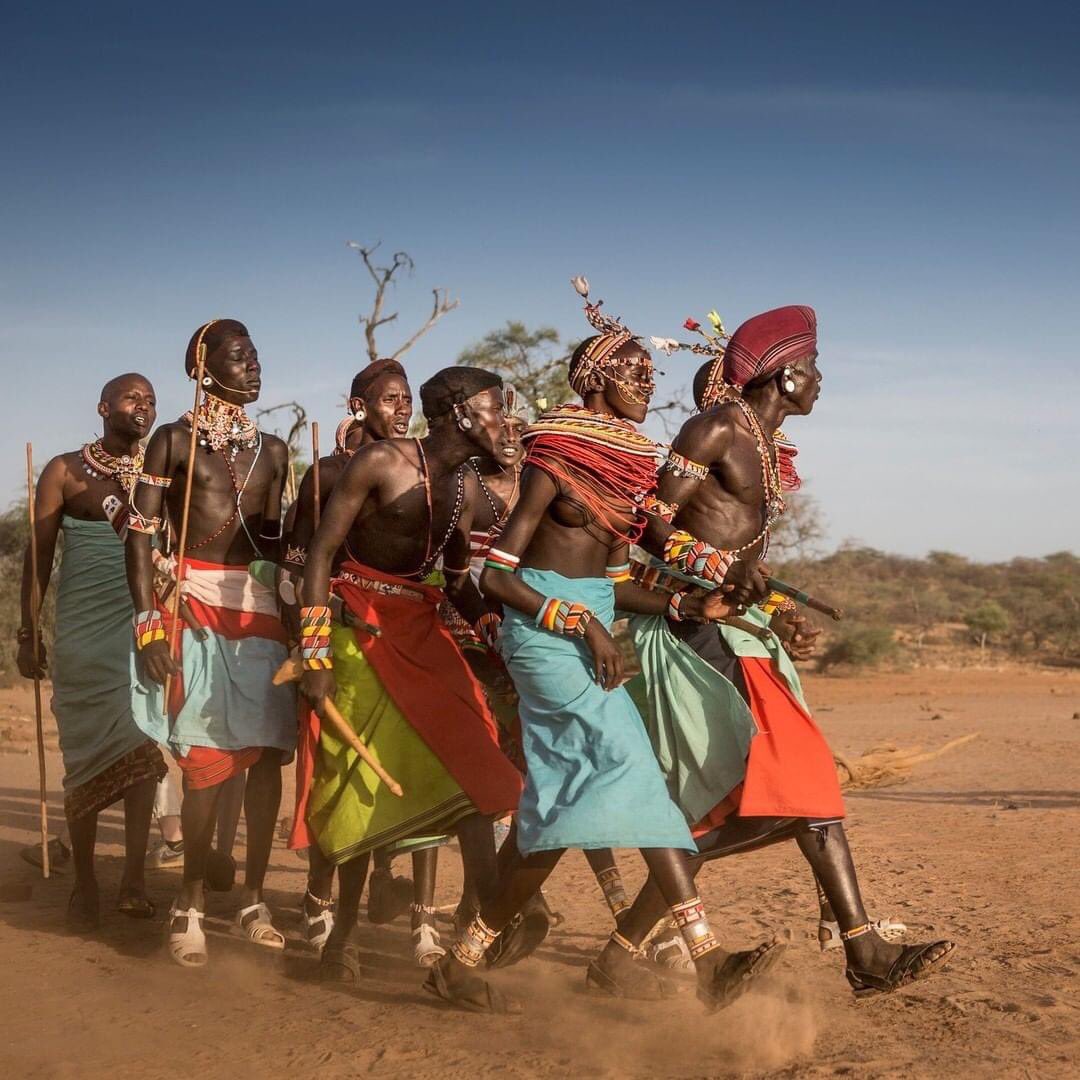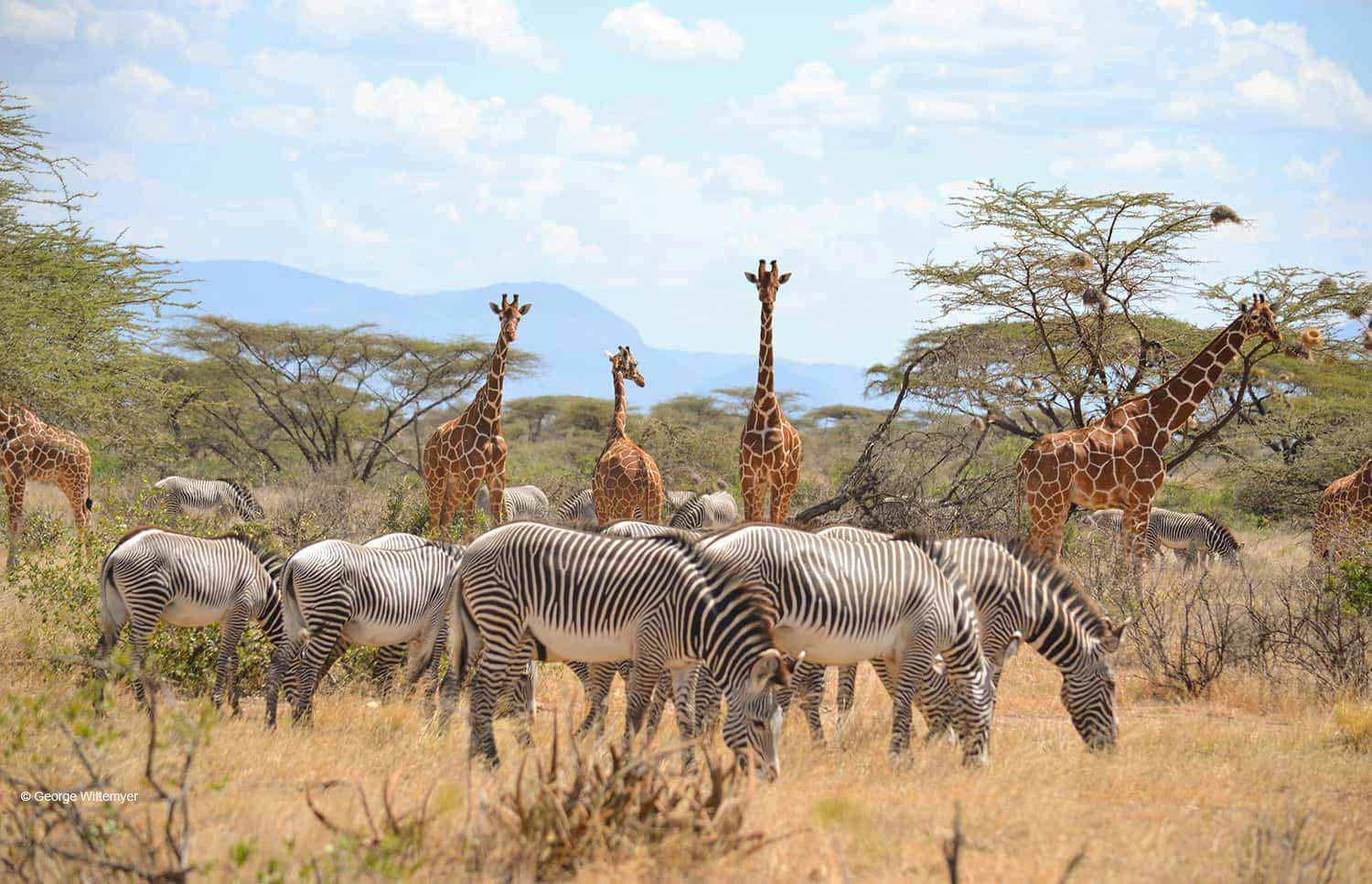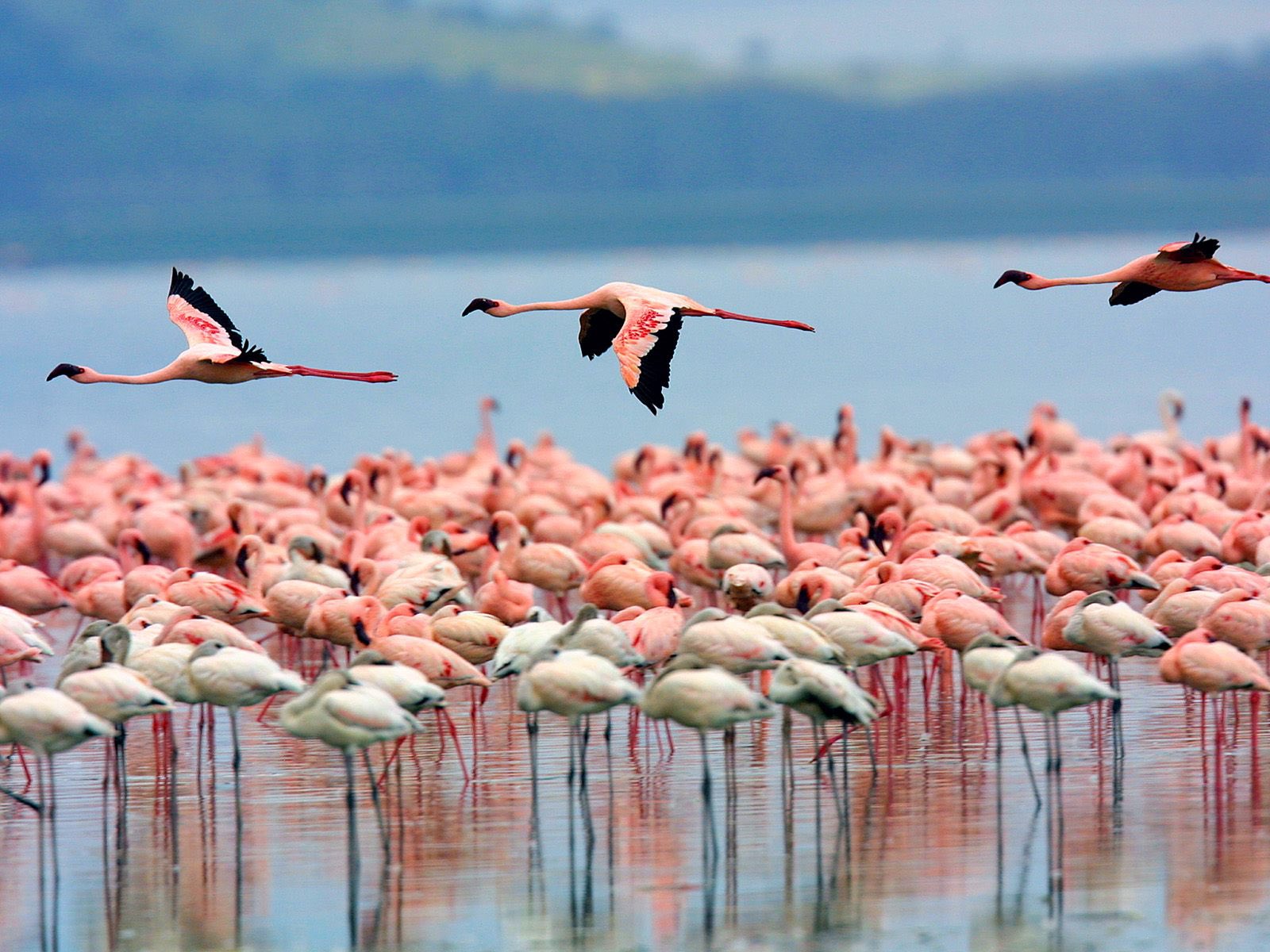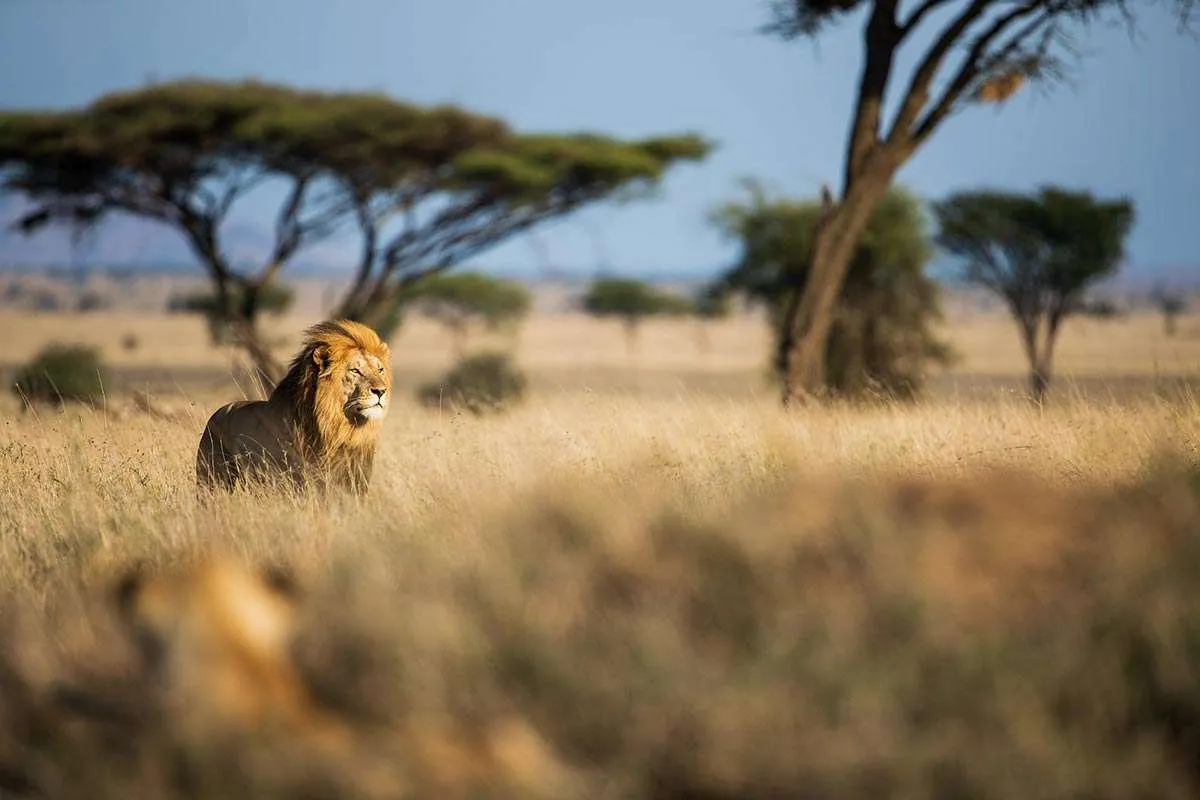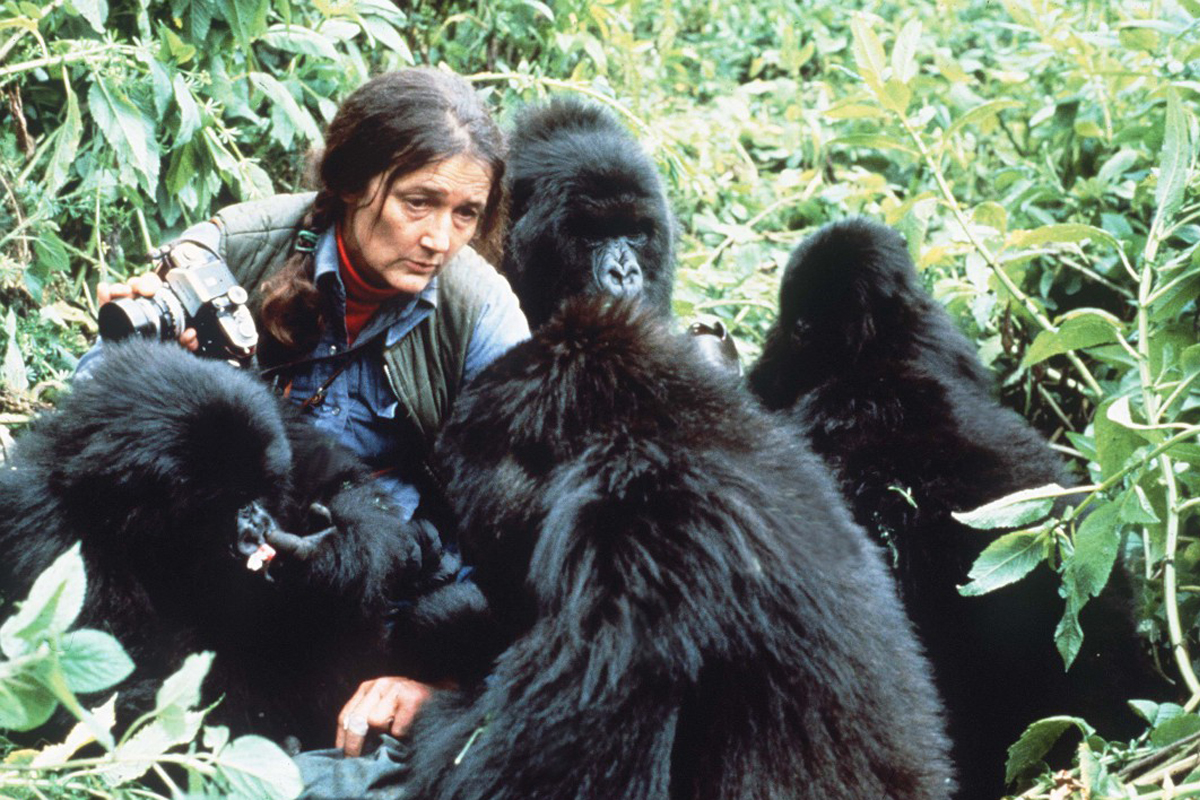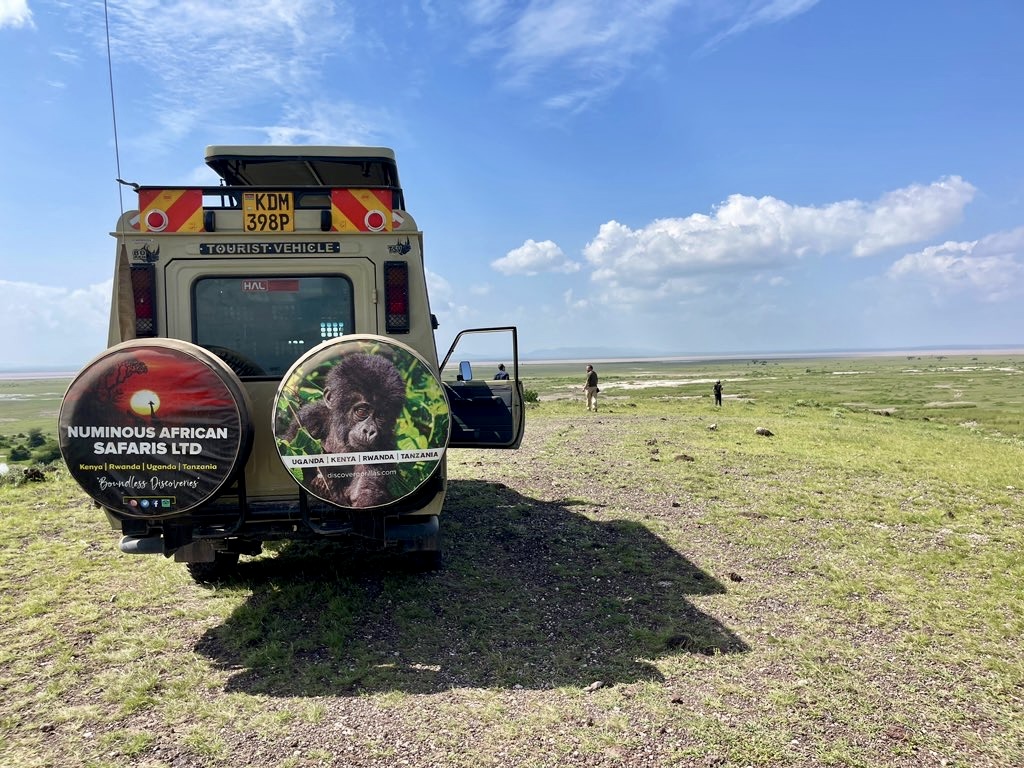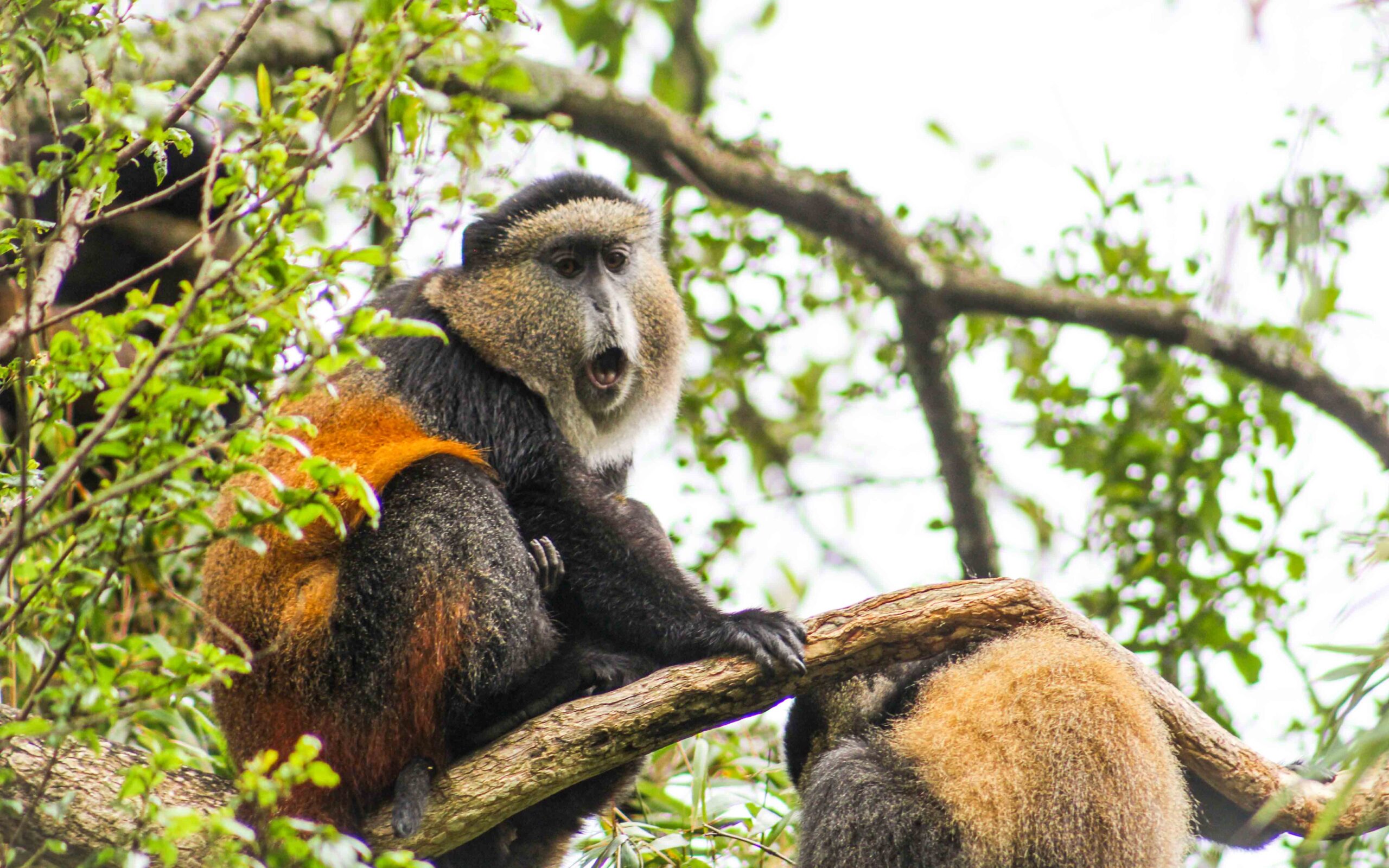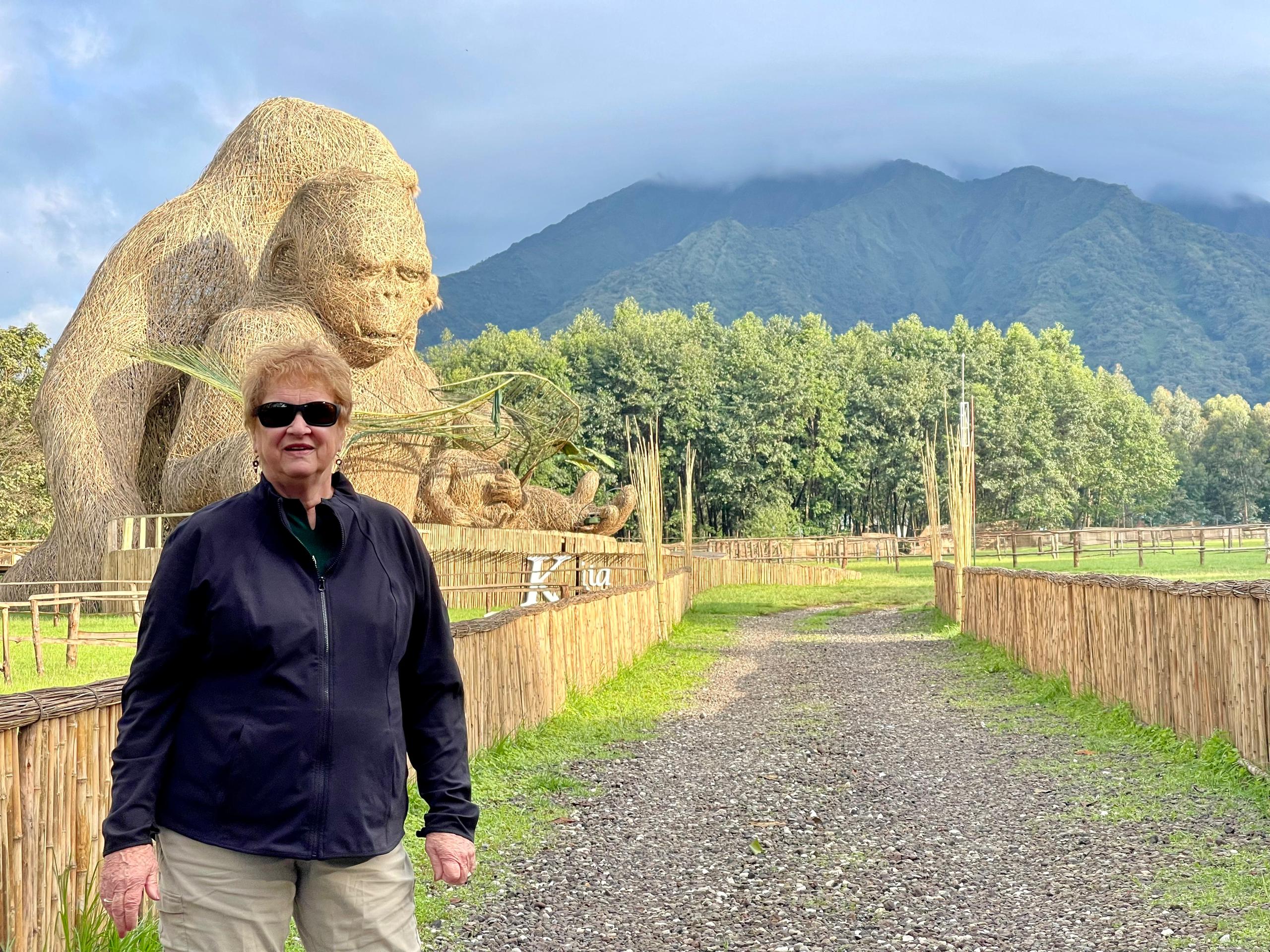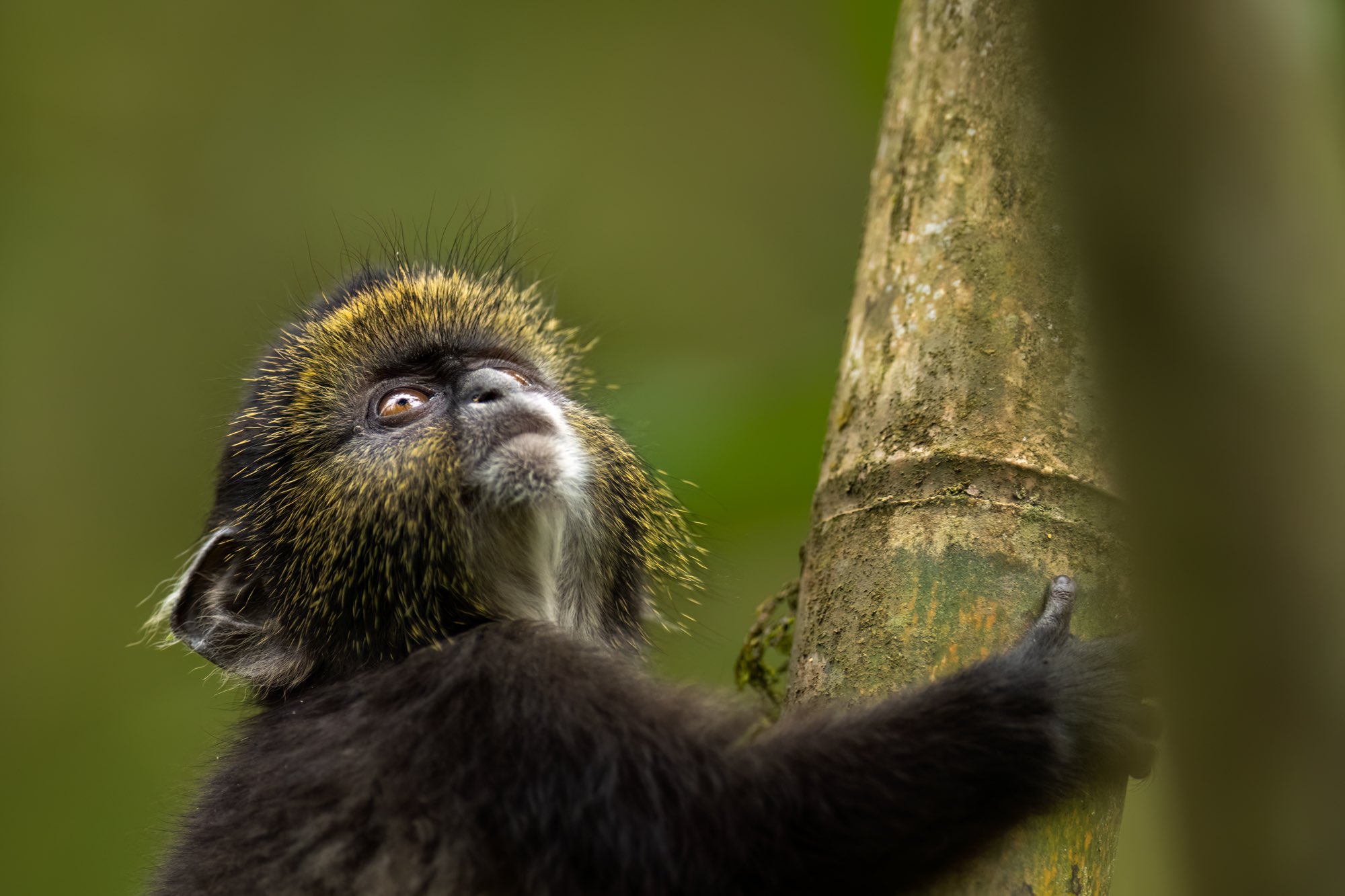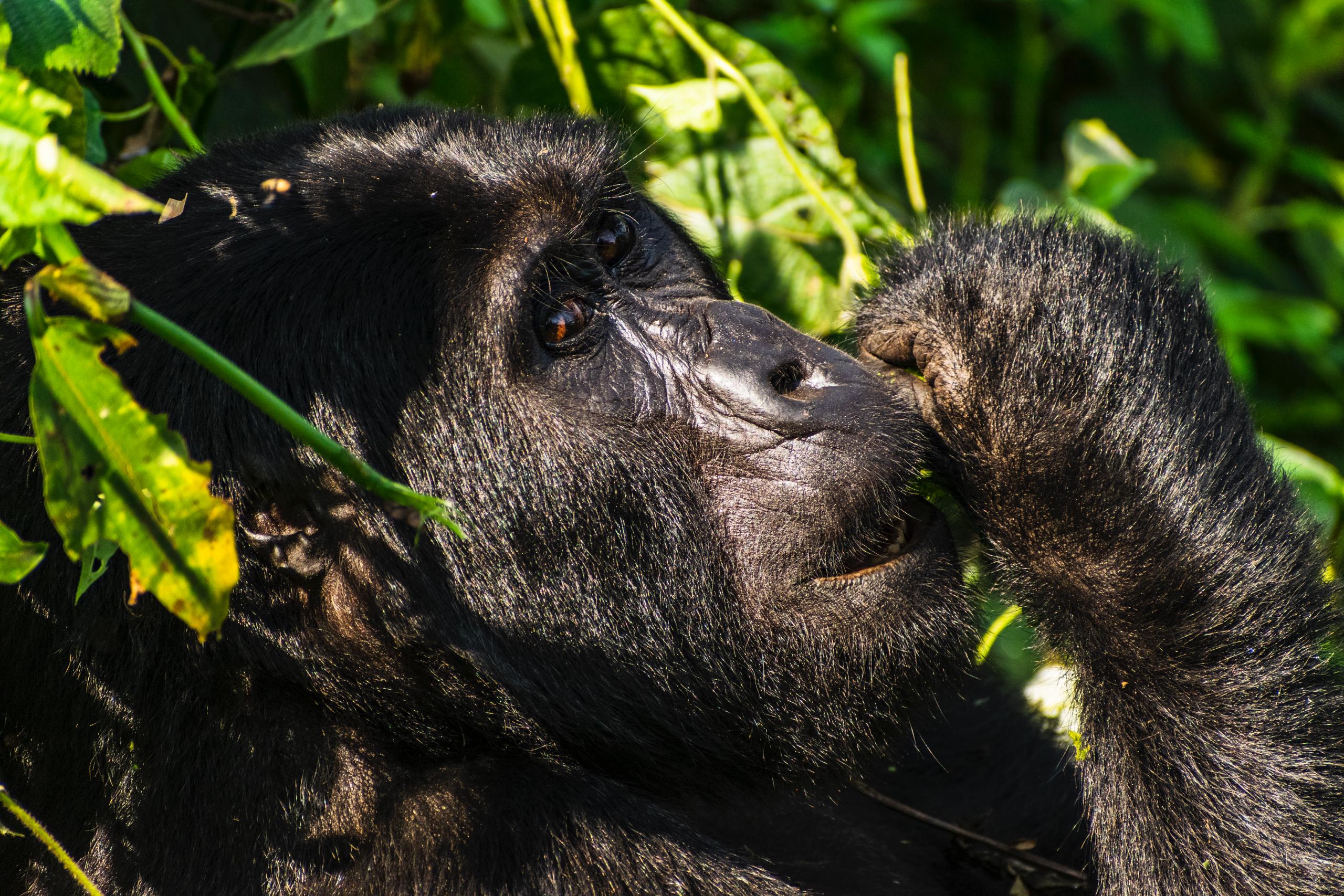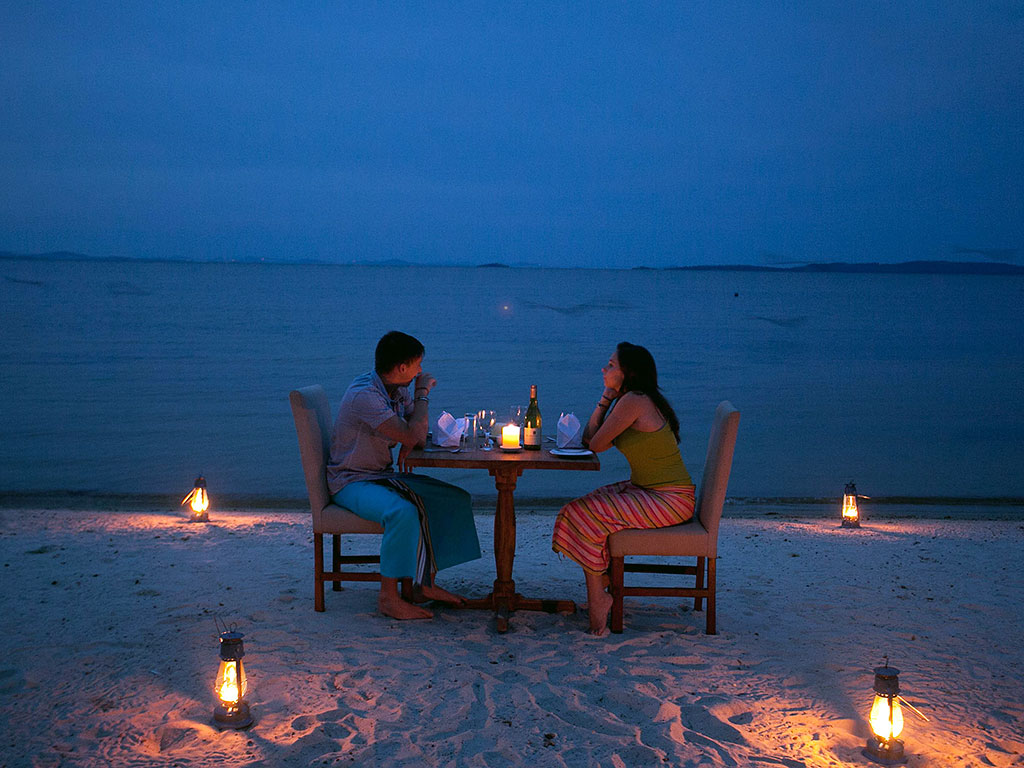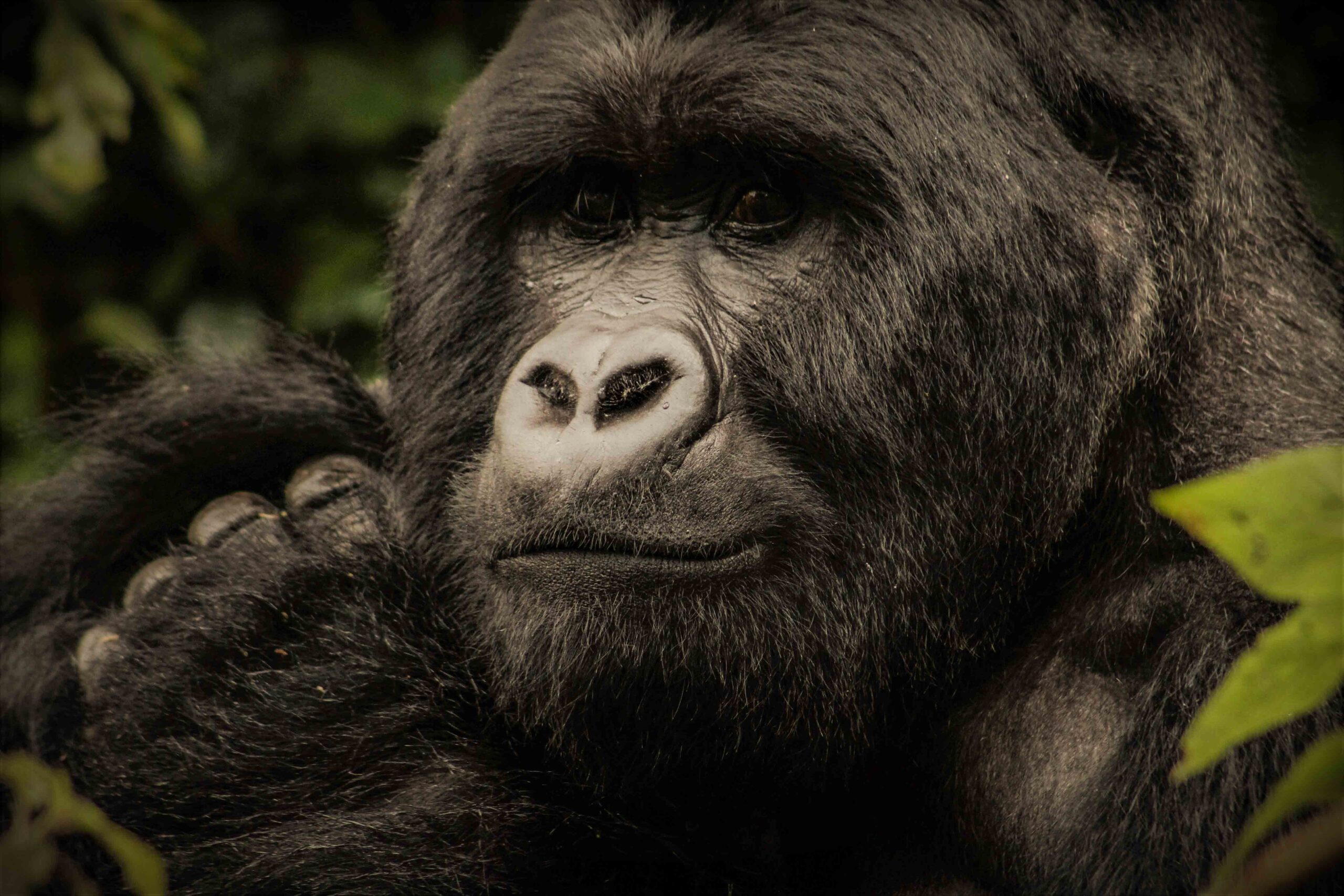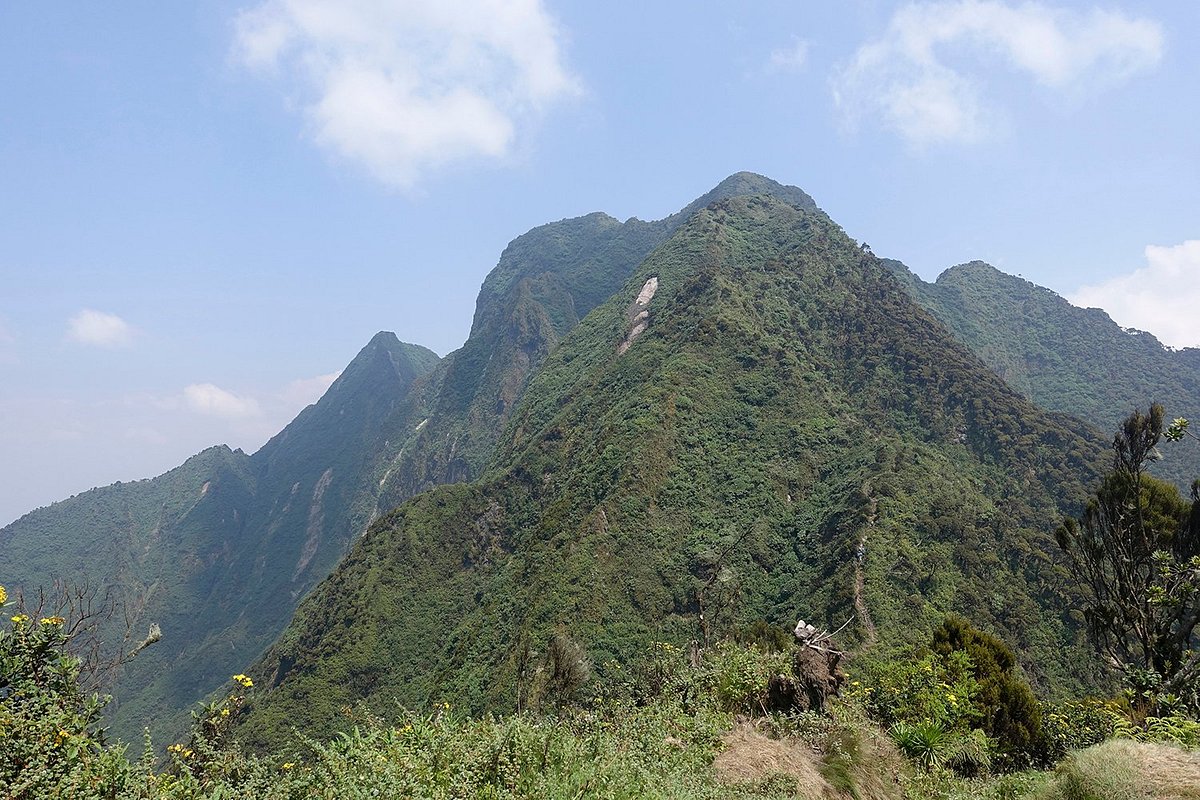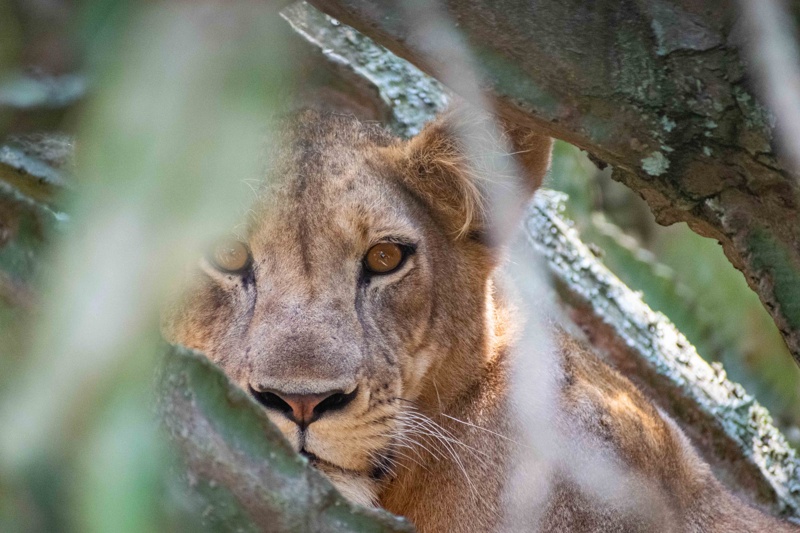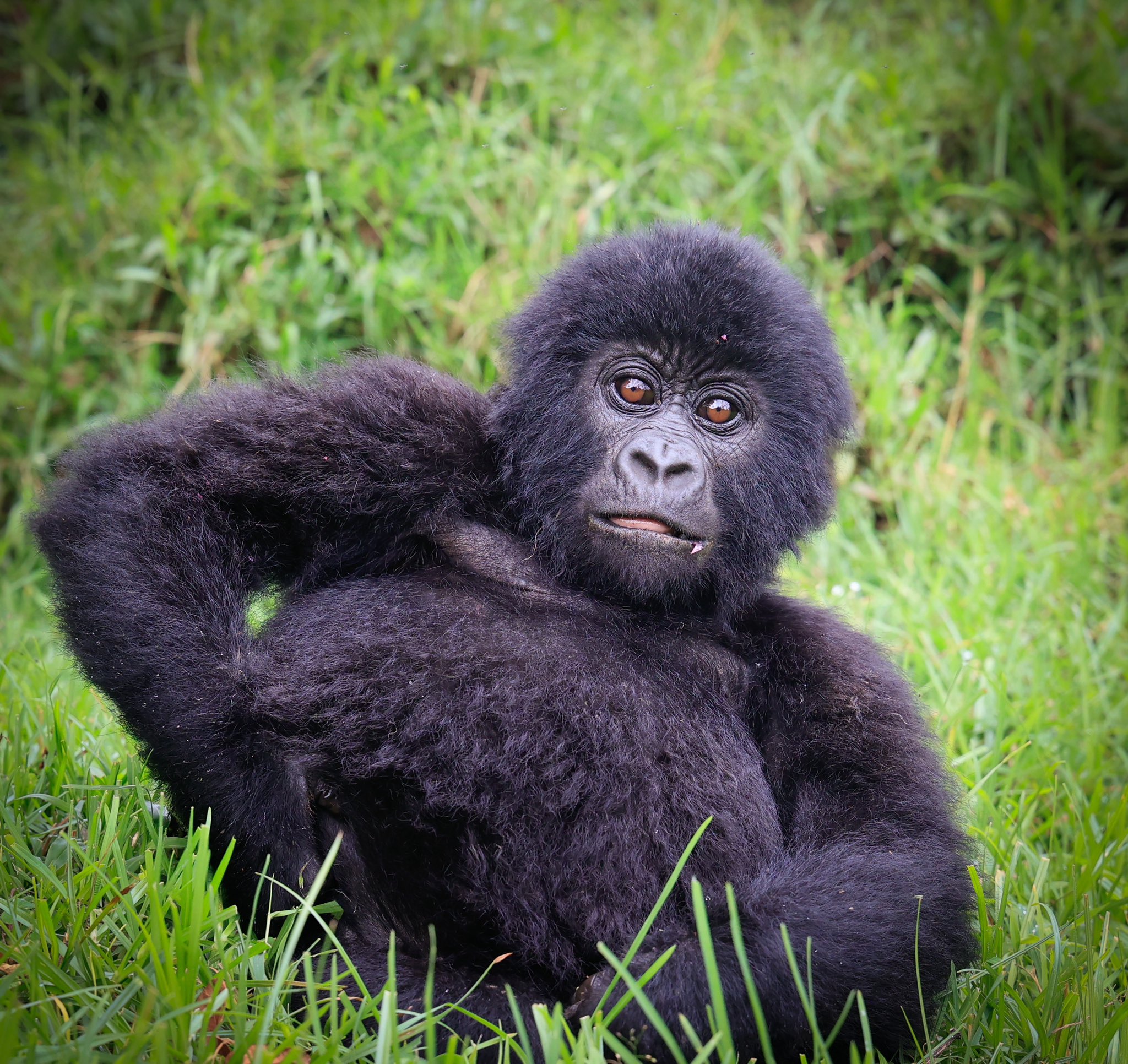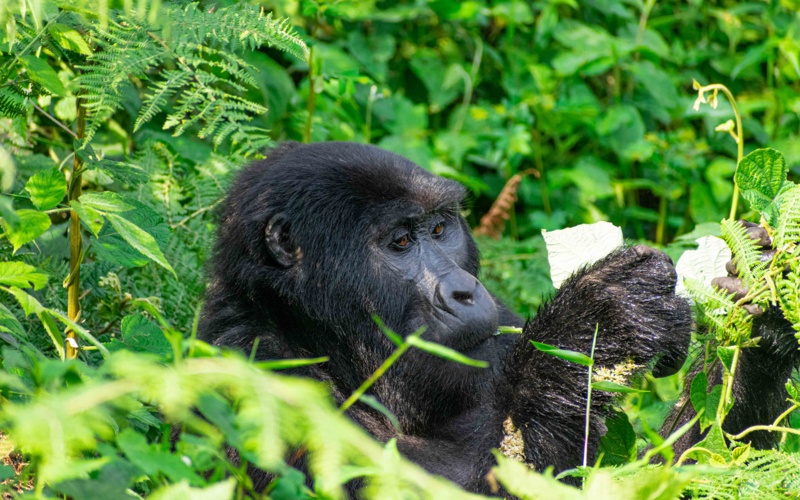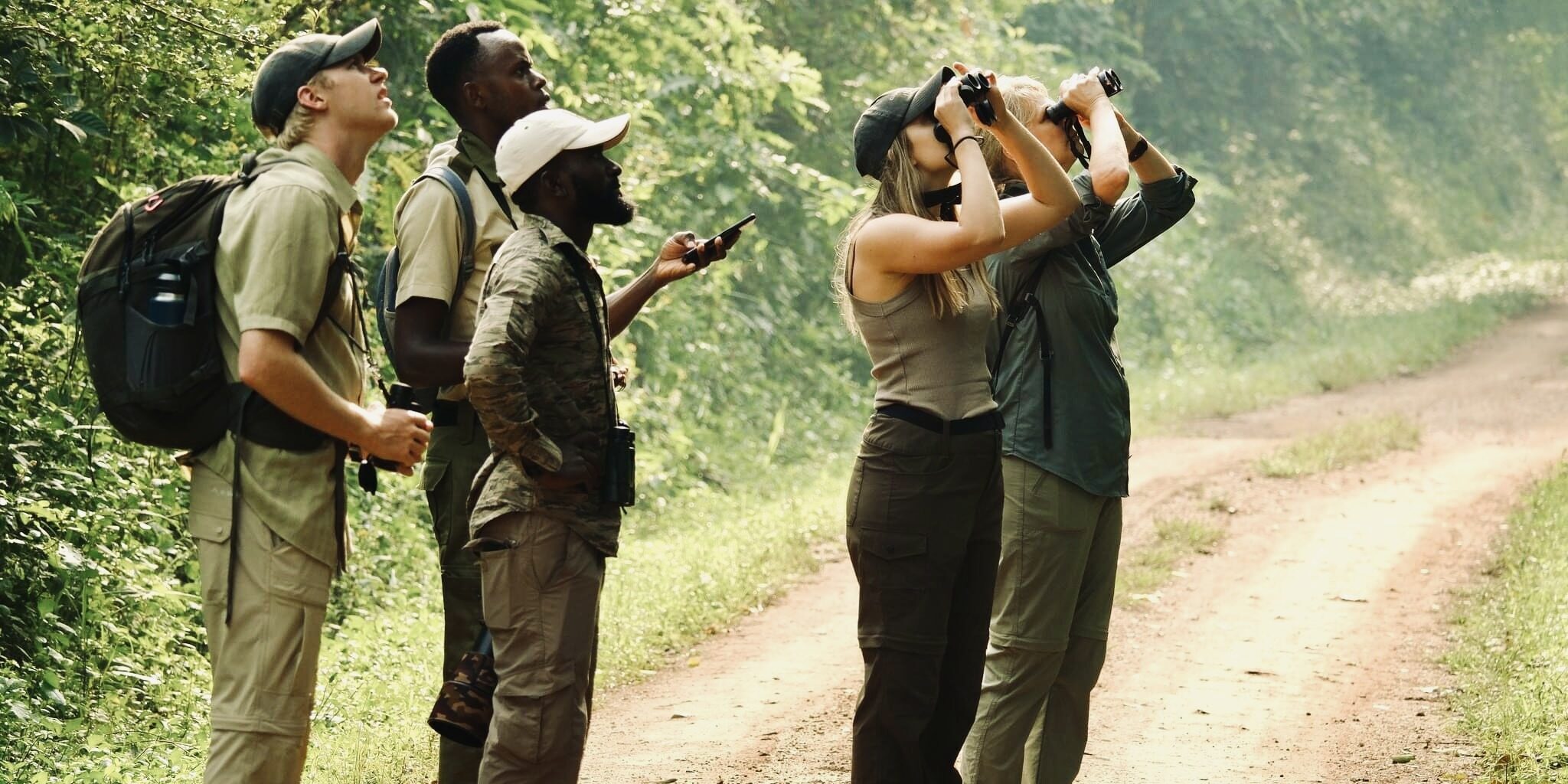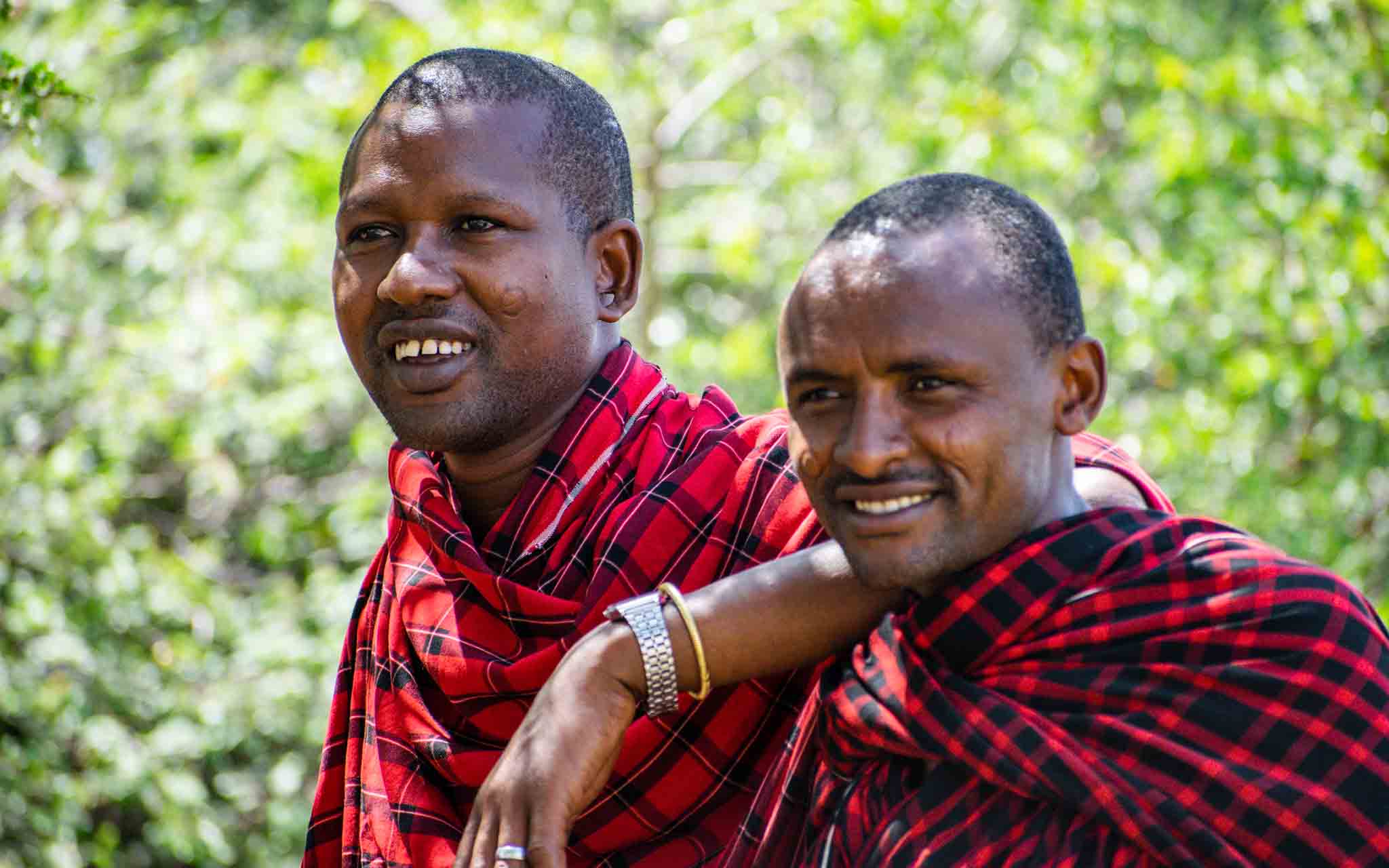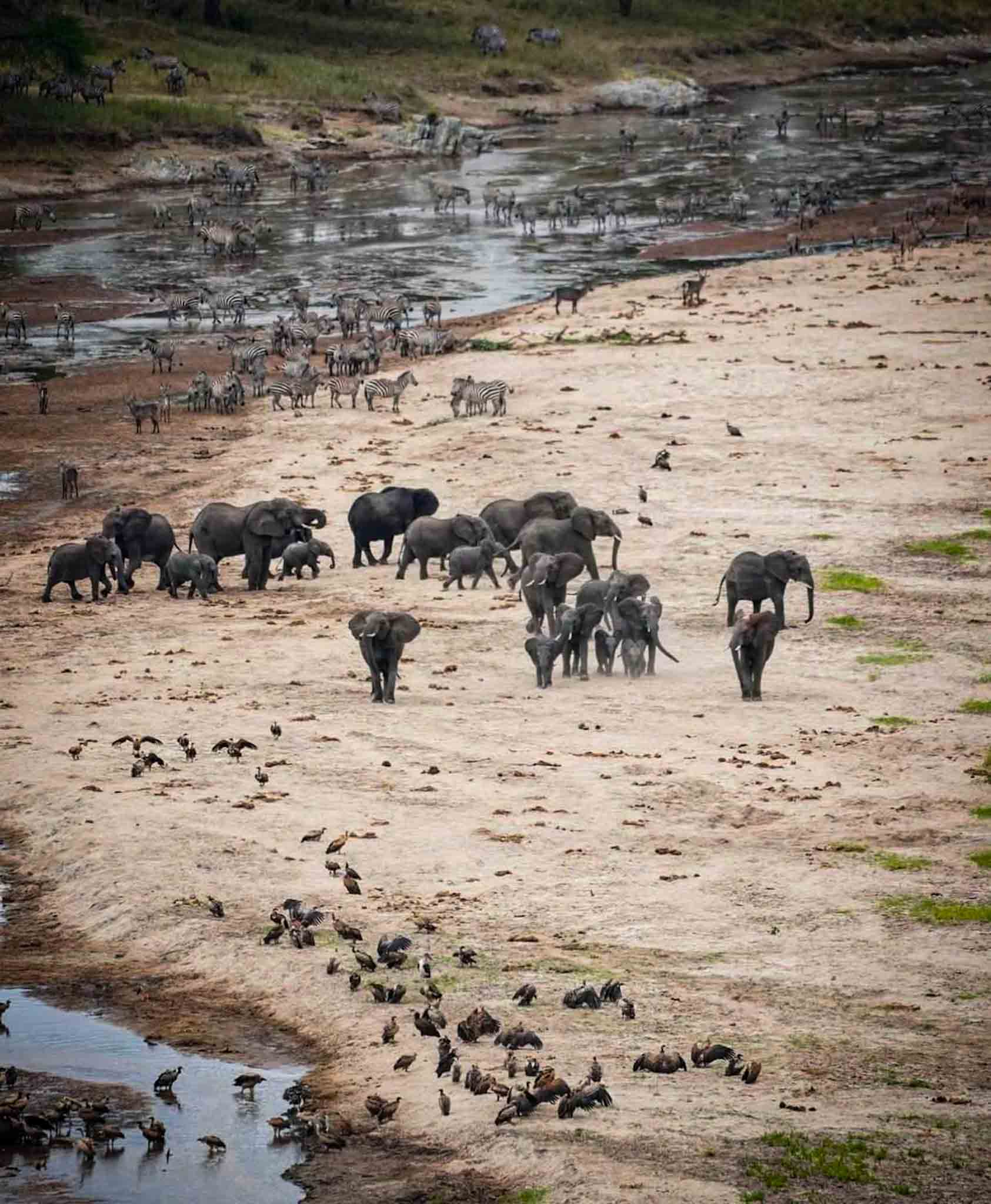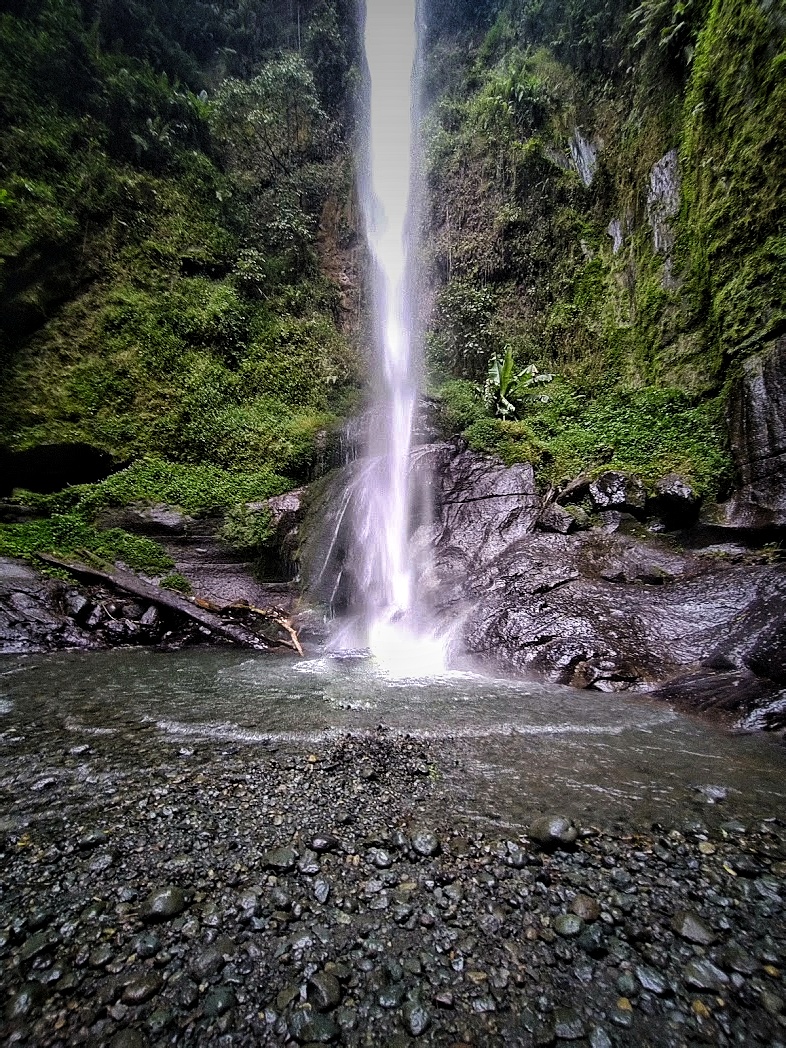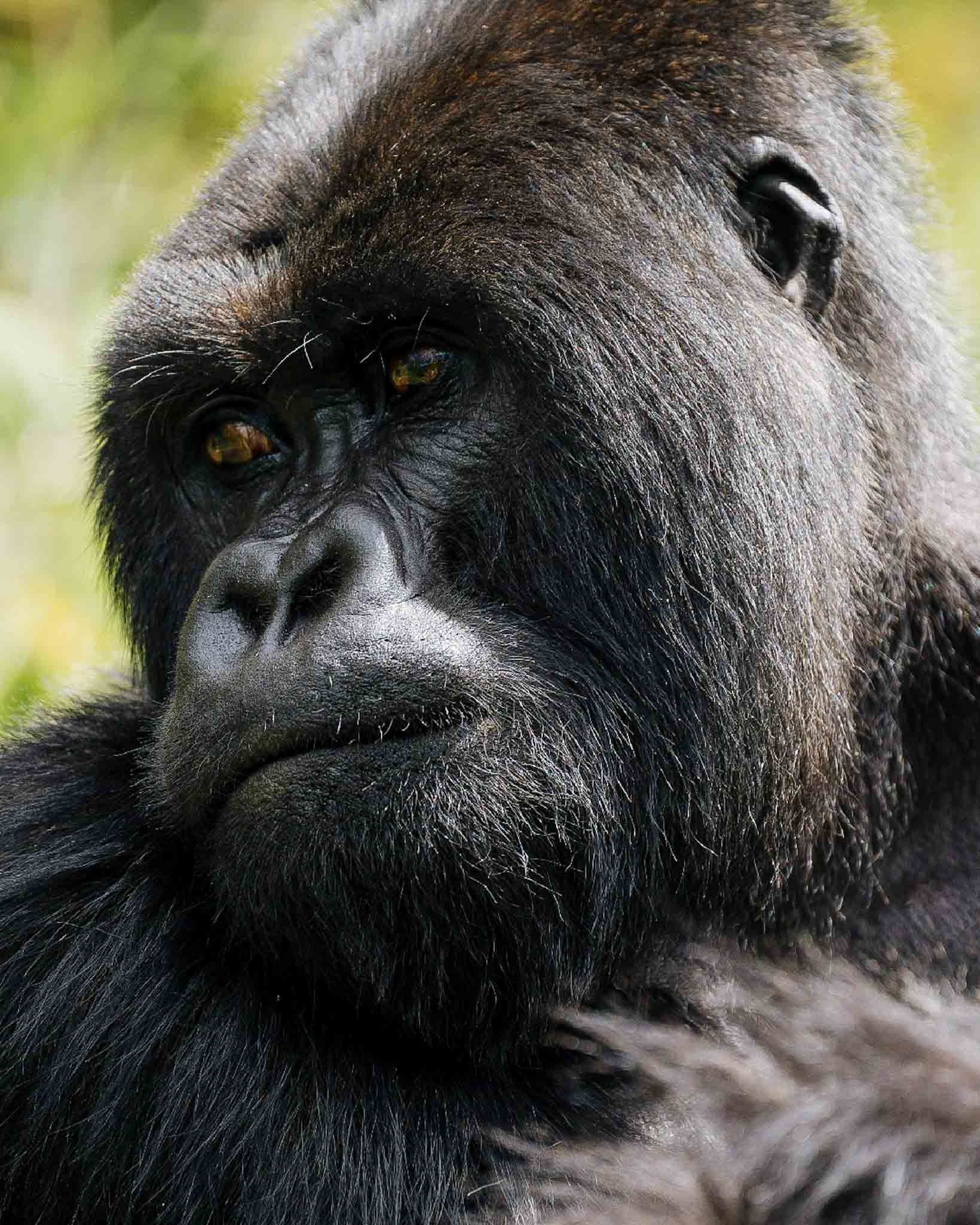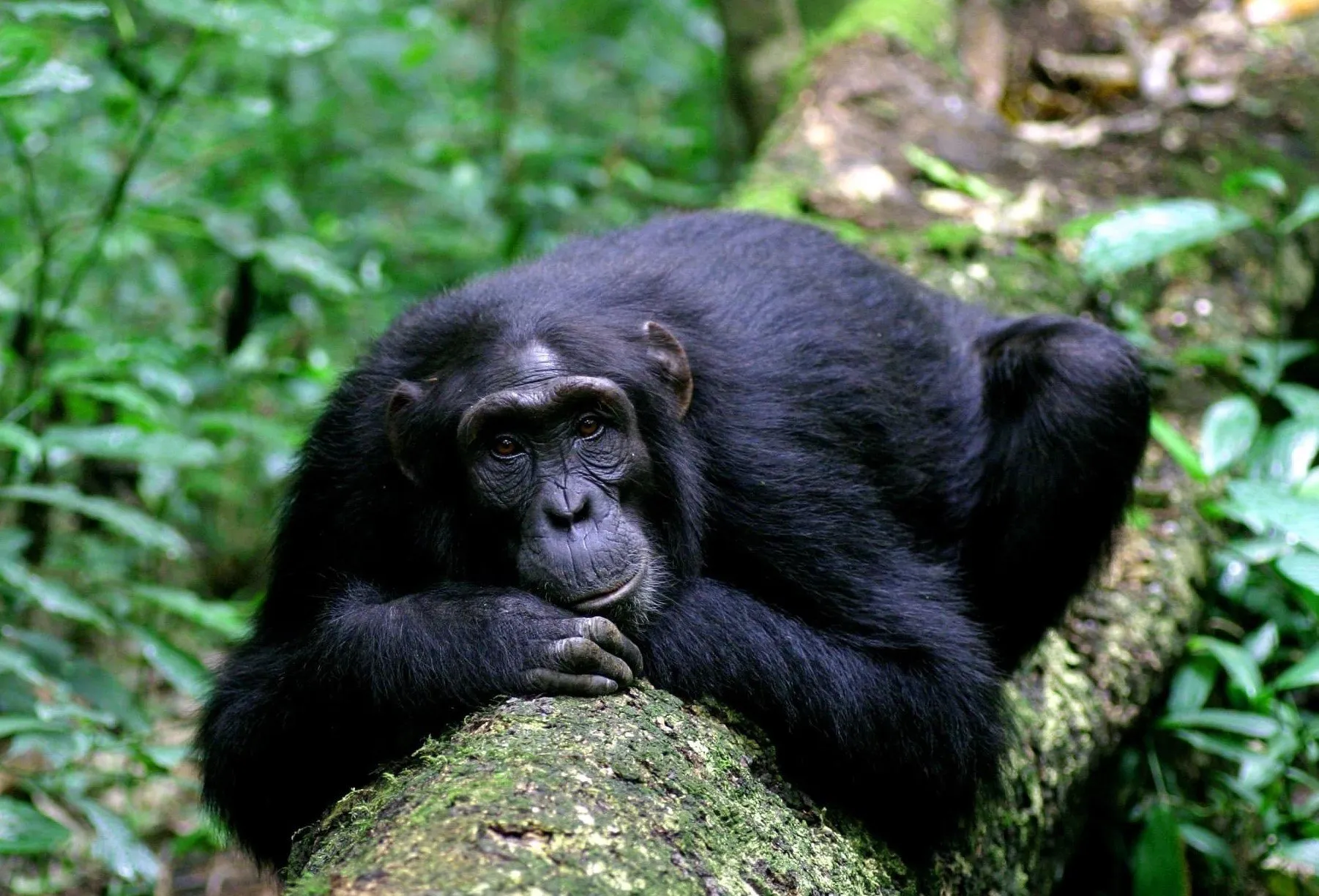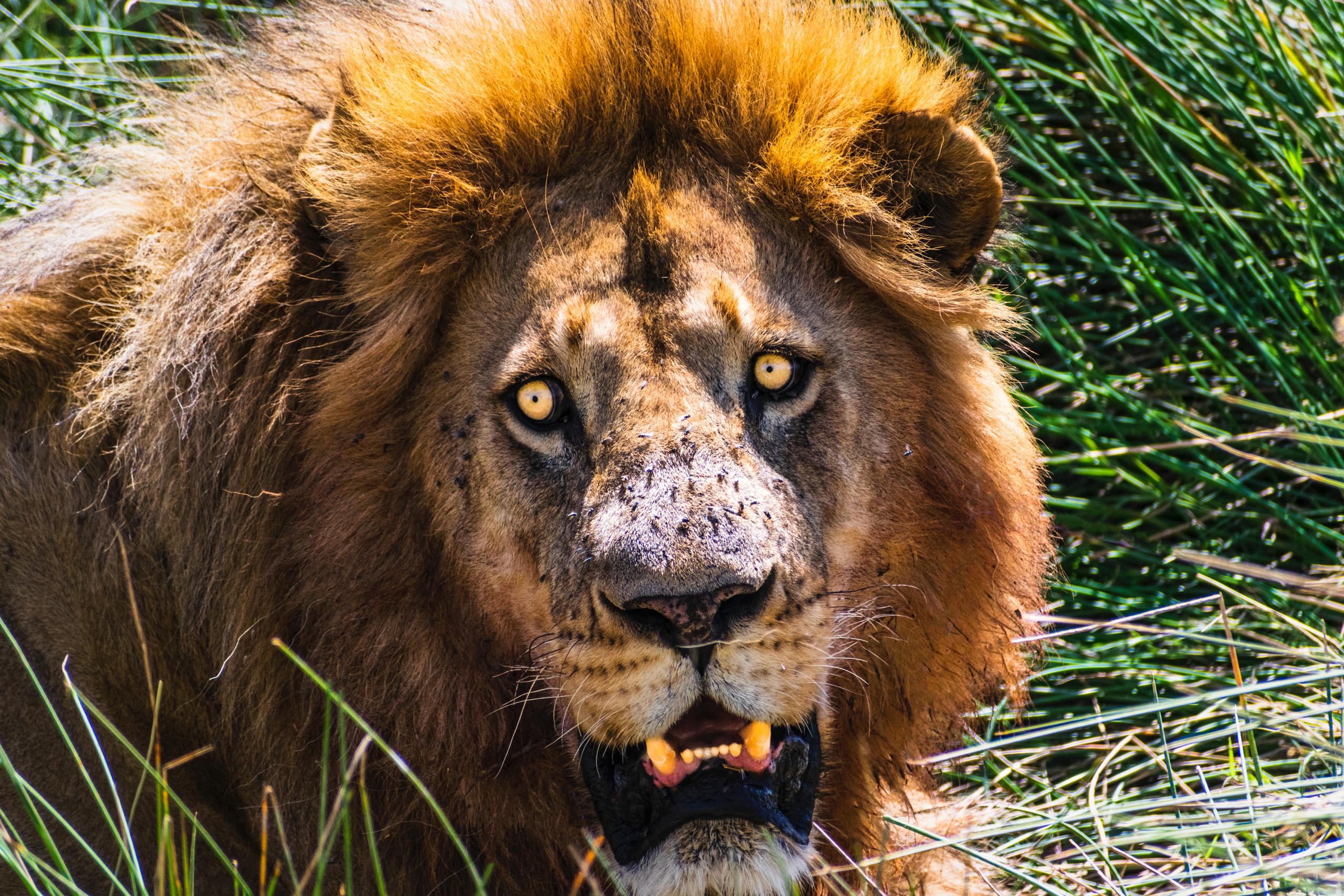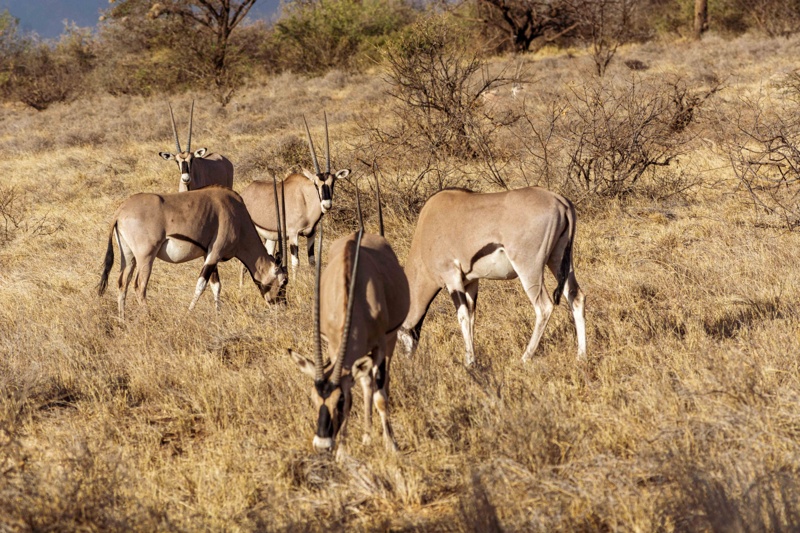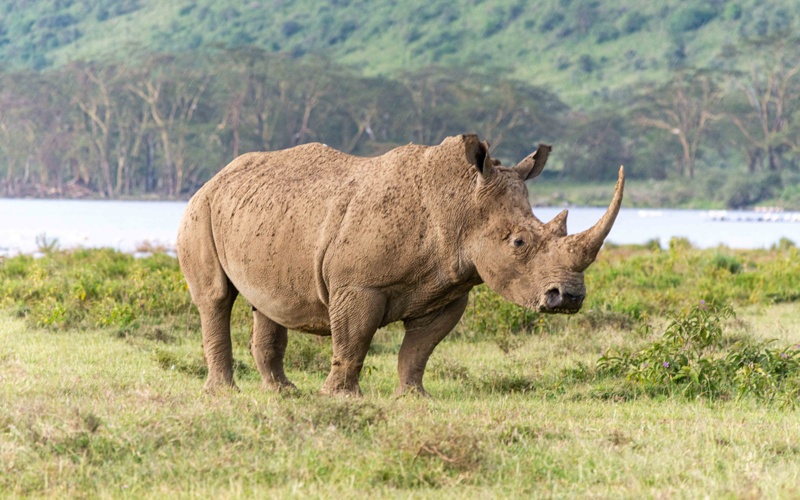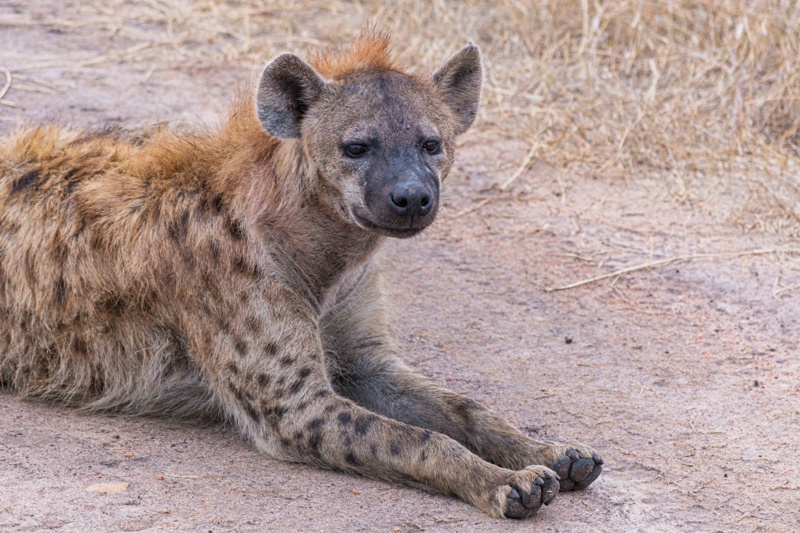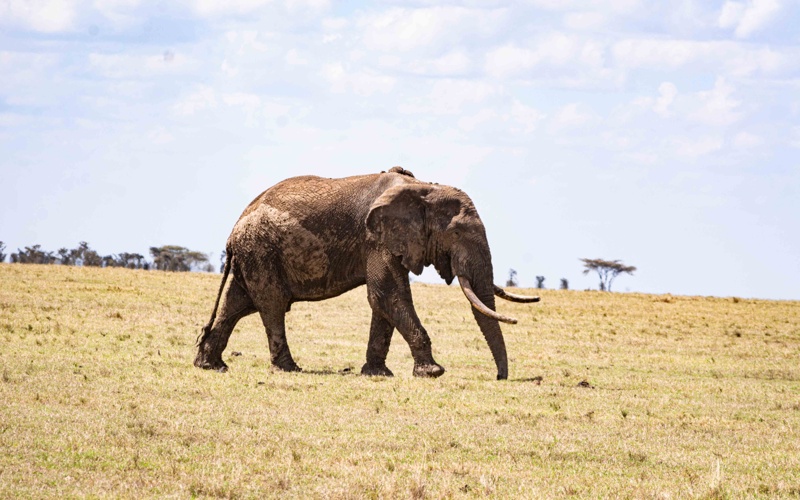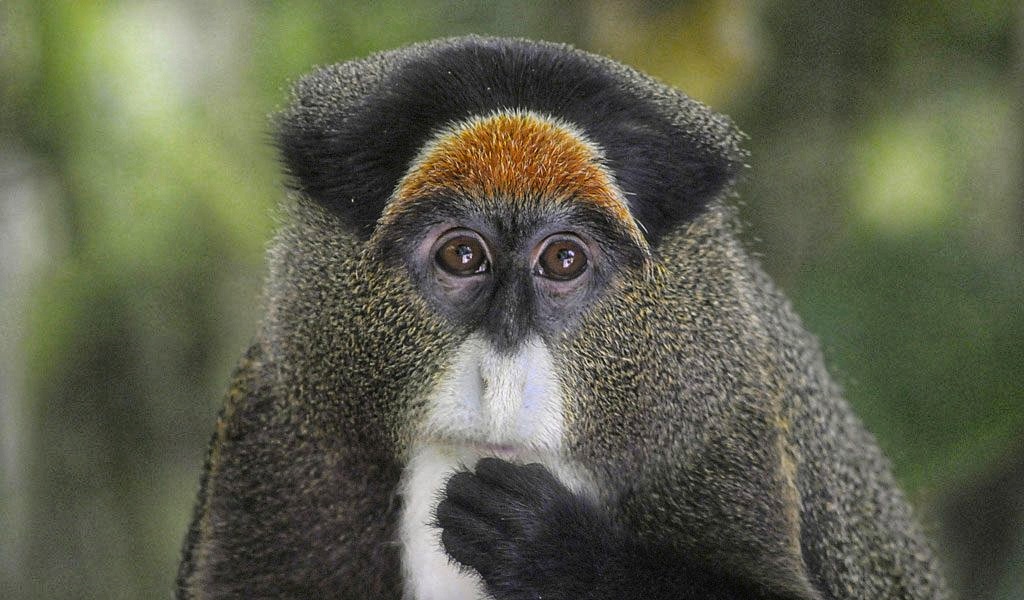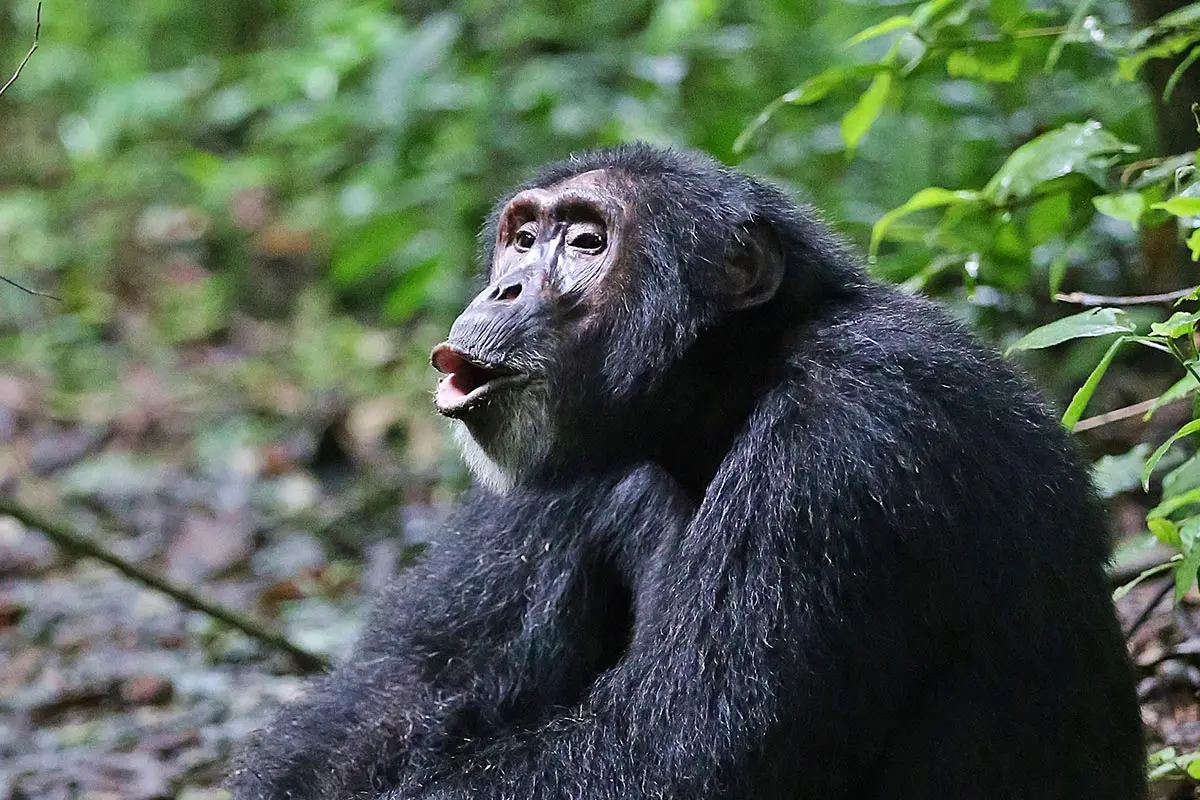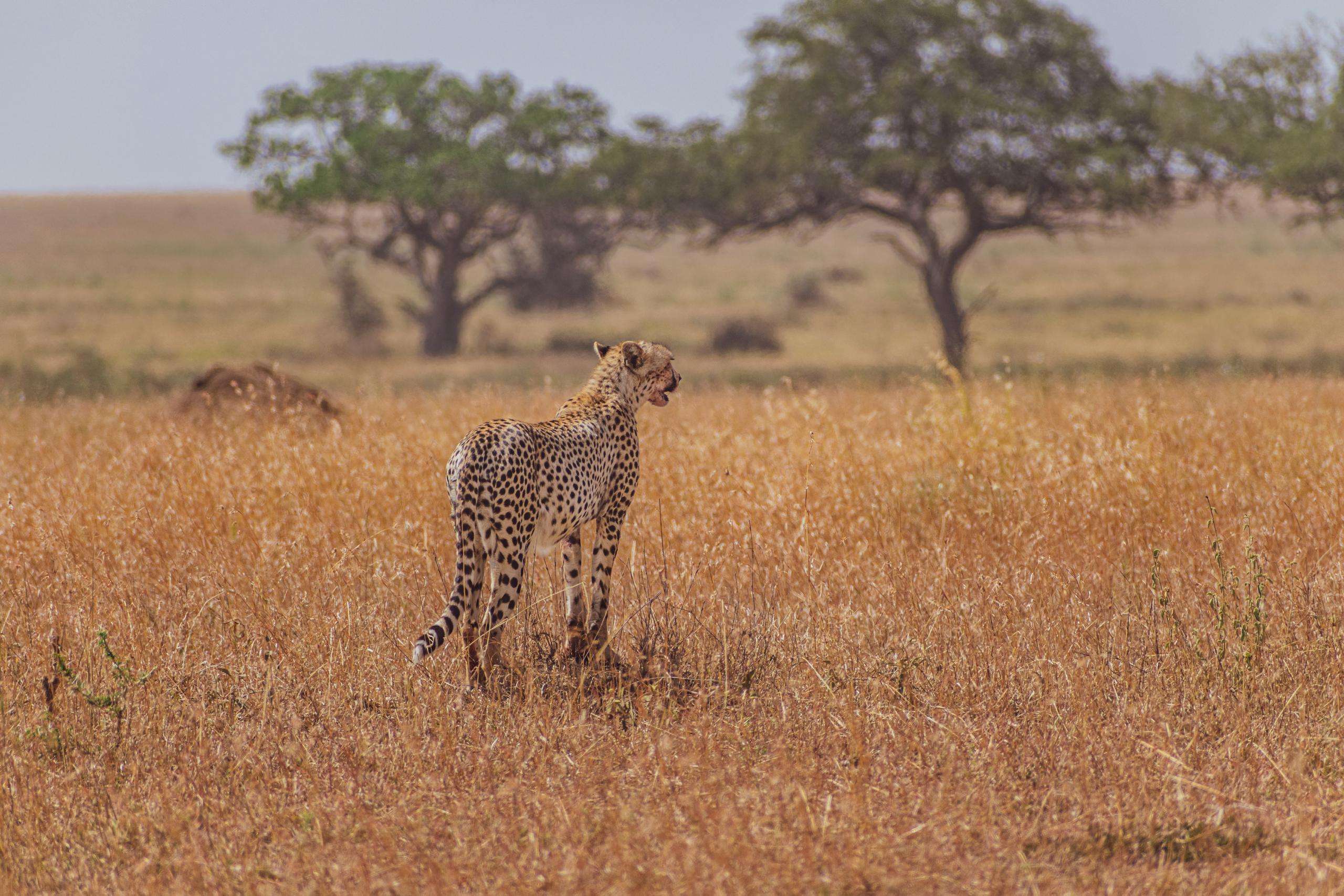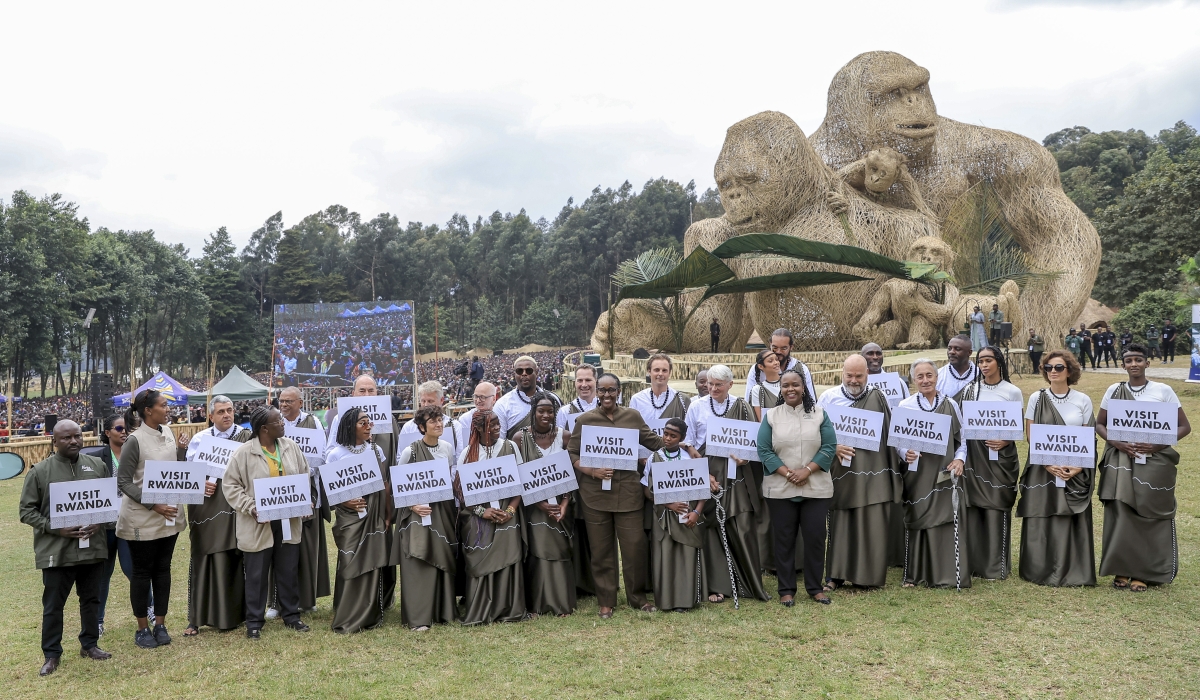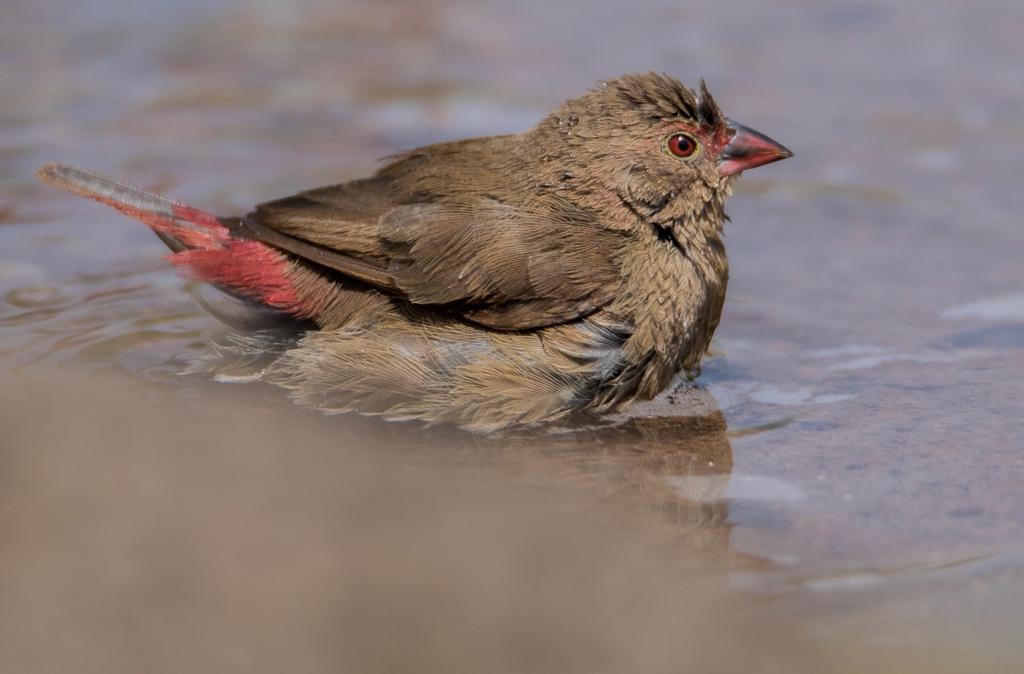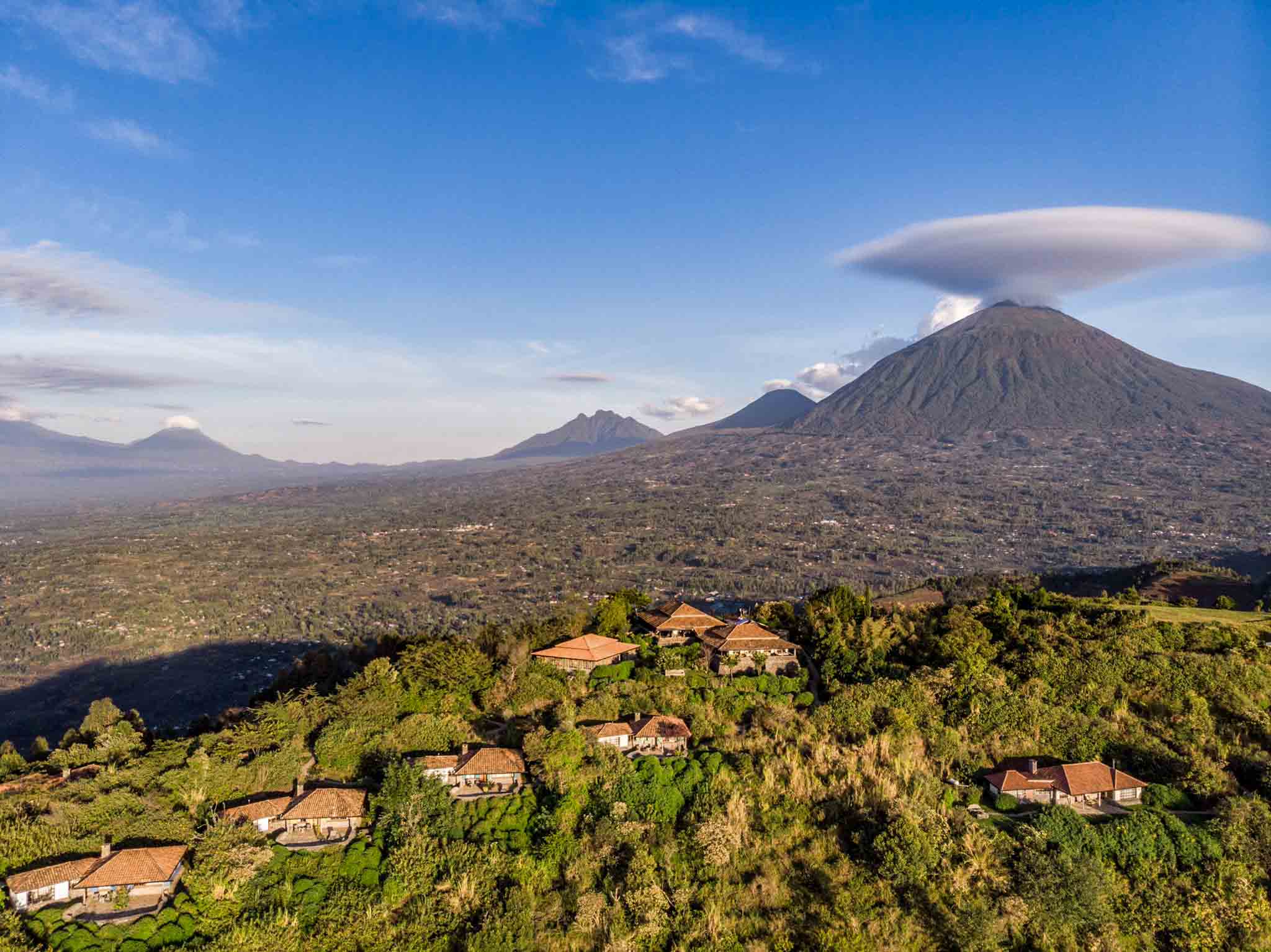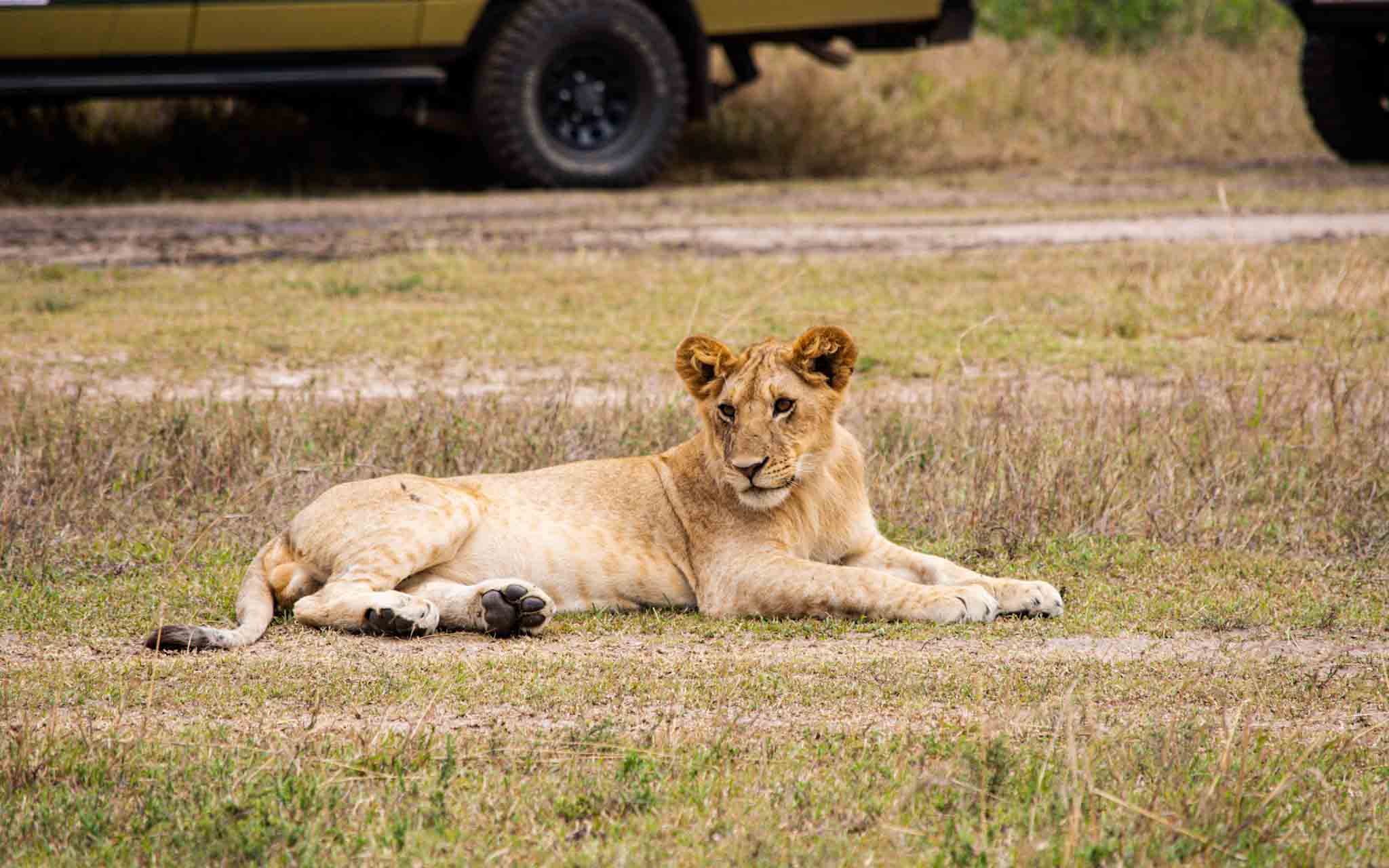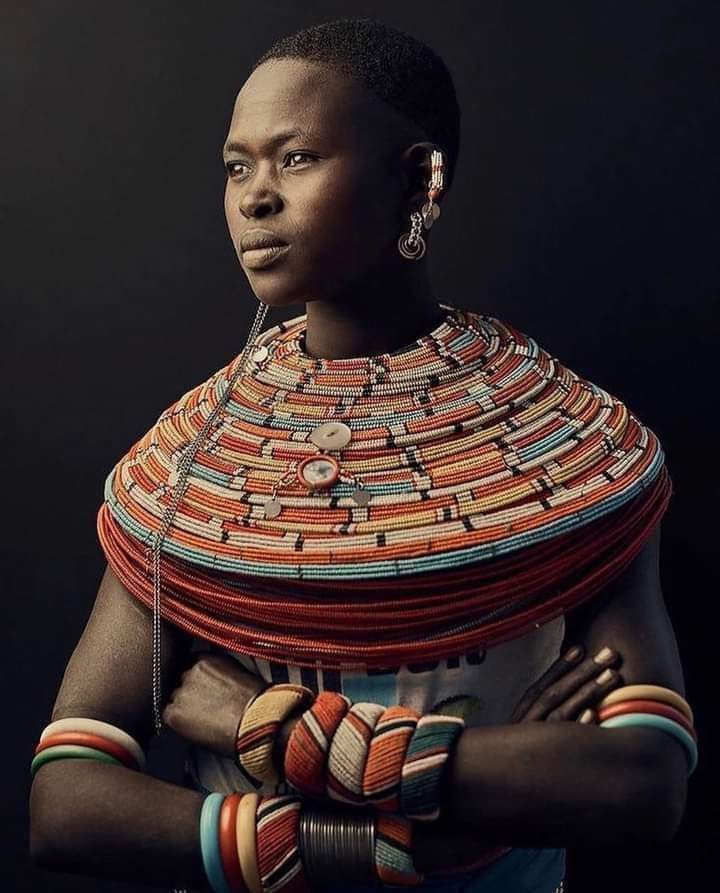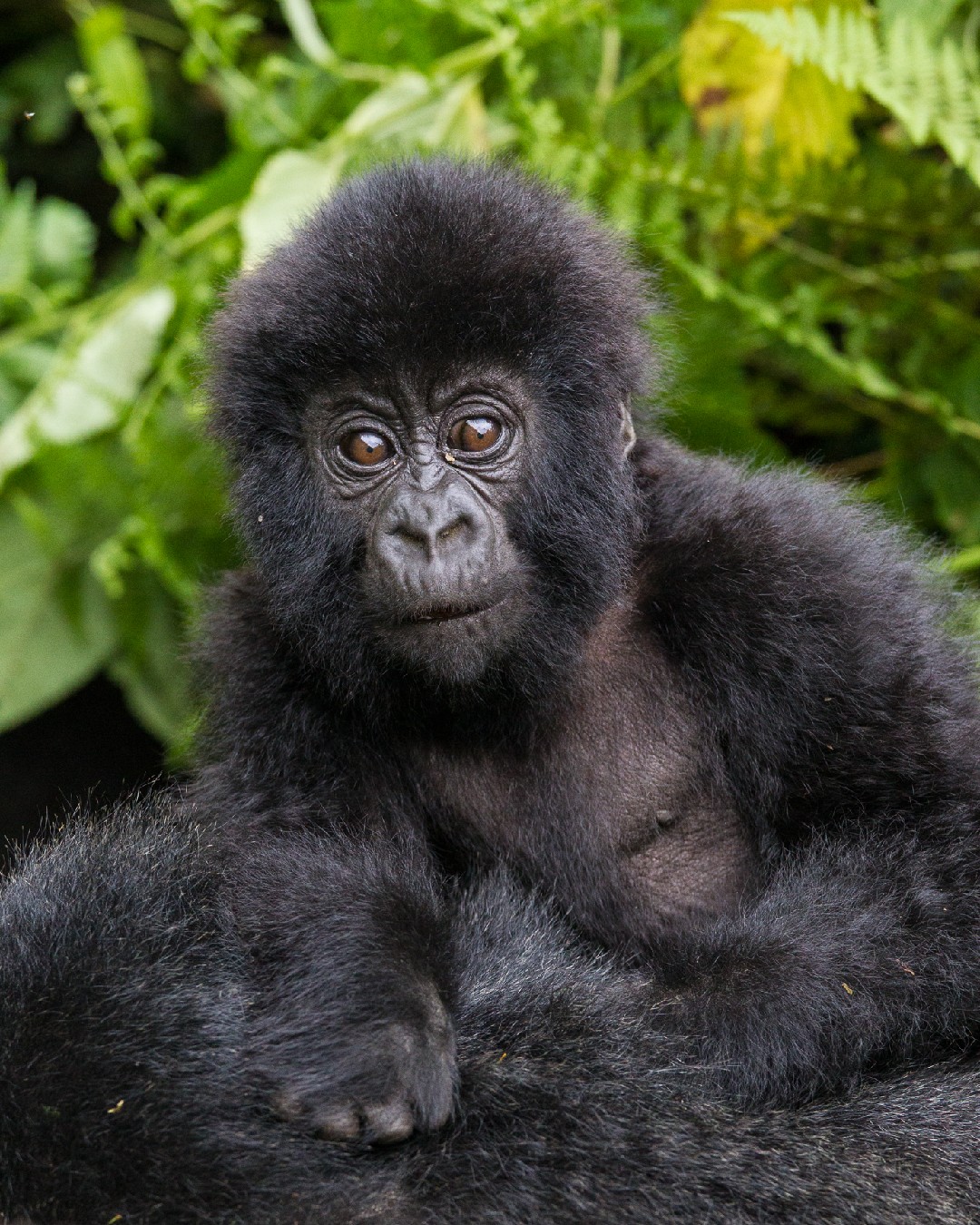Uganda Culture Expeditions
The “pearl of Africa” is one of the leading tourism destinations for the full ultimate cultural experience on the African continent and the whole world at large. From a wide range of tribes scattered in different parts of the country to several and many different languages spoken across Uganda.
Each tribe carries its different background, cultural norms and traditional beliefs. While on Uganda safari tours, cultural encounters are some of the most breathtaking tourism activities in the country.
Baganda of Buganda
One of the most noticeable and common languages while visiting Uganda, especially in the capital city of Kampala and the Central part of the country, is the Luganda language. Most of the Baganda people live on the shores of Lake Victoria in the central part of the country.
Luganda is the official language of the Baganda people and the Baganda tribe is the most prominent and popular tribe in the country. To date, a big part of Baganda still hail their King and believe in traditional beliefs. The history of the Buganda kingdom is such an interesting and captivating one and the King of Buganda is commonly known by the local people of Buganda as “Kabaka”.
Several cultural sites for Buganda can be sighted especially in Kampala including the Kasubi tombs at the King’s palace that has long been acting as the burial grounds for all the former Kings of Buganda. Kasubi tombs are highly respected by the Baganda people and internationally recognized by the UNESCO World Heritage as one of the world’s cultural heritage generally built in African architecture.
Karamojong
Just like the Masai in Kenya and Tanzania, the Karamojong have a lot in common as far as cultural values are concerned. The Karamojong are situated in the Northern part of Uganda and span districts of Arua, Gulu, Soroti, Kitgum and more in the Northern region. They are popularly known for their nomadic pastoral way of living while moving for longer distances from one place to another with their cattle in search of greener pastures and drinking water.
The Karamojong largely feed on flesh meat, blood, and milk from their cattle. The popular Uganda’s isolated national park known as Kidepo National Park is also situated in the Karamojong region. Travelers and tourists are always seen engaging in several cultural activities with the northern people including grazing, traditional dances, local arts and crafts, cow milking and other thrilling cultural activities.
Batooro
While visiting the western part of Uganda, a large number of the Batooro can be encountered in Fort Portal, Kyenjojo, Bundibugyo and other small areas. Their language is somehow similar to that of Banyankole but the Batooro are characterized by their calm nature.
Fort Portal is an interesting cultural and historical town that is a must-visit while on Uganda cultural safari tours. The Banyoro people are the closest relatives of the Batooro and cover districts of Kibale, Kakumiro, Kagadi, Kikuube, Masindi and Hoima District.
Banyankore of Ankole
Banyankore is yet another popular and prominent tribe situated in the western part of Uganda. The history of these people is quite fascinating and involves captivating stories of their Kings. Unlike the Buganda Kingdom which is still active, to date the Kingdom of Banyankore is no more and less recognized regardless of their big number.
Bagishu and Basoga
The two tribes are situated in the Eastern part of Uganda and are closely related. The Bagishu are famously known for their circumcision ceremonies where the boys are circumcised as a sign of manhood once they reach a certain adulthood age. Another interesting ceremony with the Eastern people is the Akadodi dance, especially in Circumcision ceremonies.
Culture Tours in Kenya And Tanzania
For a fulfilled Kenya safari experience, Masai cultural tours are one of the most thrilling tourism activities on the Kenyan land. Just like the Karamojong in Uganda, Masai people in both Tanzania and Kenya have almost similar cultural values from the way of dressing to feeding habits.
The Masai people occupy most of the areas of the northern part of Kenya and the tribe is one of the oldest in both Tanzania and Kenya. Masai tribe is one of the most recognized in Africa and dominates the endless plains around Serengeti National Park in Tanzania and Masai Mara National Park in Kenya.
Another popular spot to catch the Masai experience is Ngong Hills in Kenya. While on Masai cultural tours in Tanzania and Kenya, visitors can engage in several tourism cultural activities including, traditional dances, and local foods for example sword roasted camel and ostrich while learning about their history background and way of living.
Visitors can also grab some locally made materials including art pieces, jewelry for memories back at home and a way of promoting community efforts. Another key feature in the Masai land is their grass-thatched houses painted with cow dung known as “Manyata”. Other known tribes in Kenya and Tanzania include Luos, and Kikuyu, to mention but a few.


